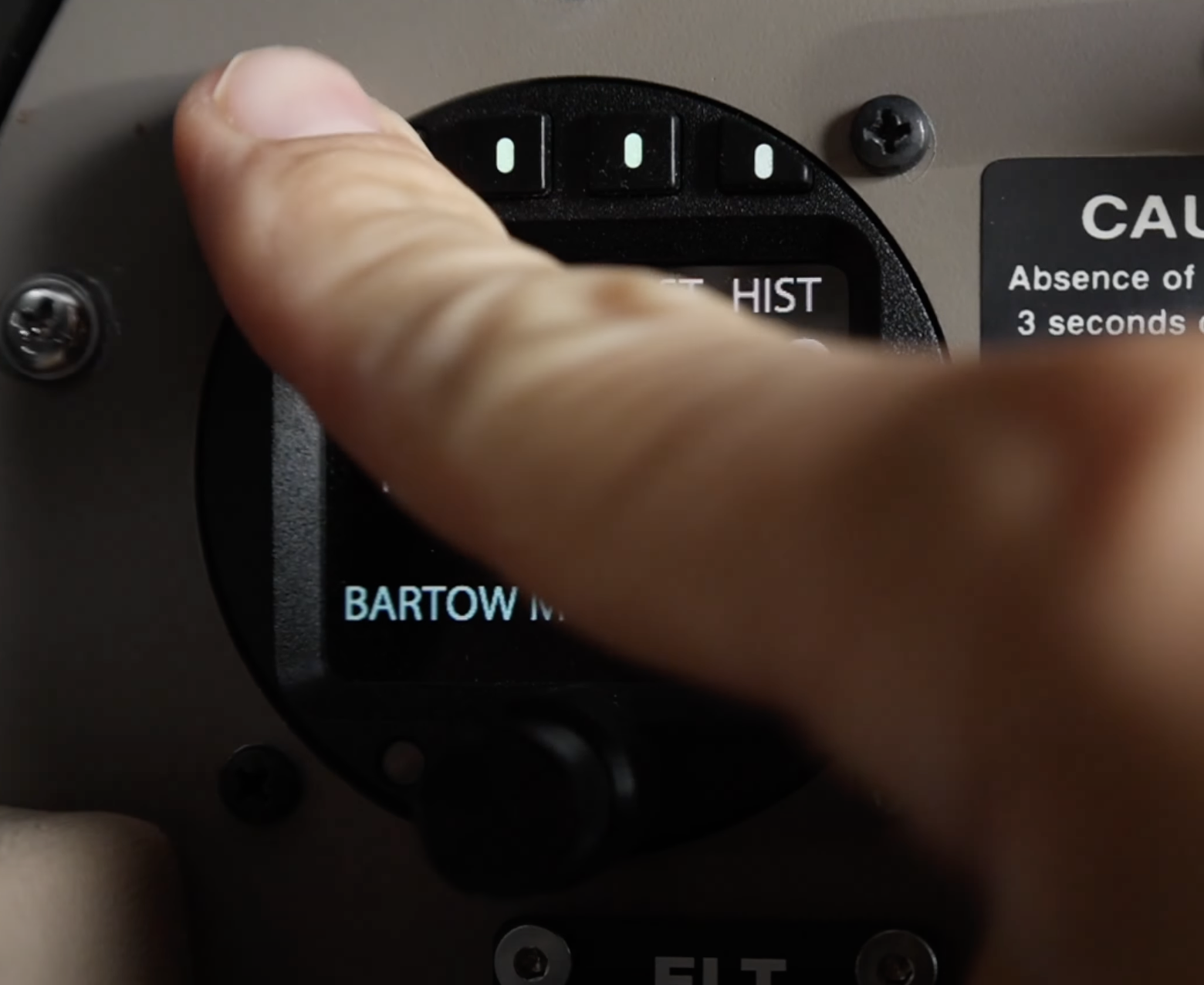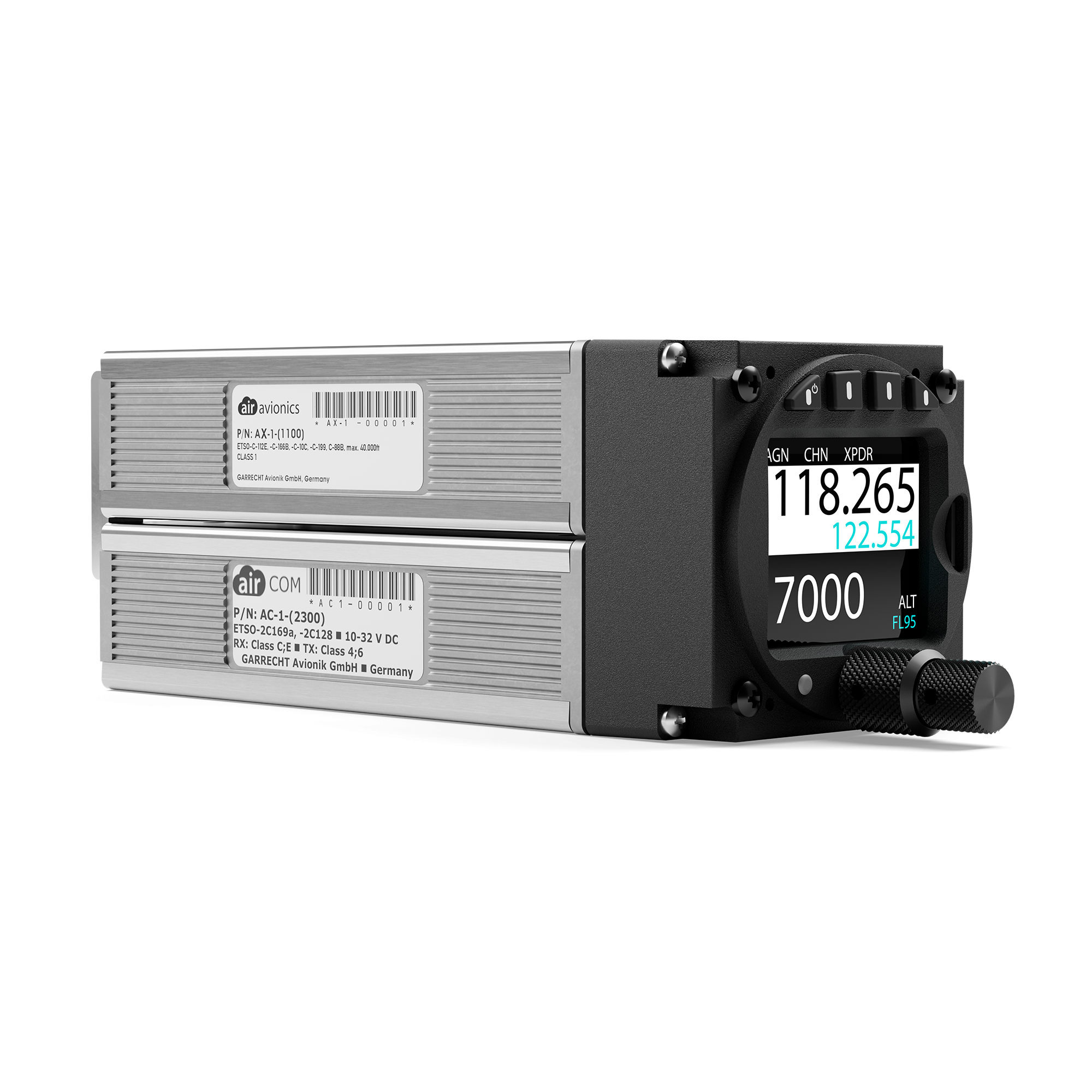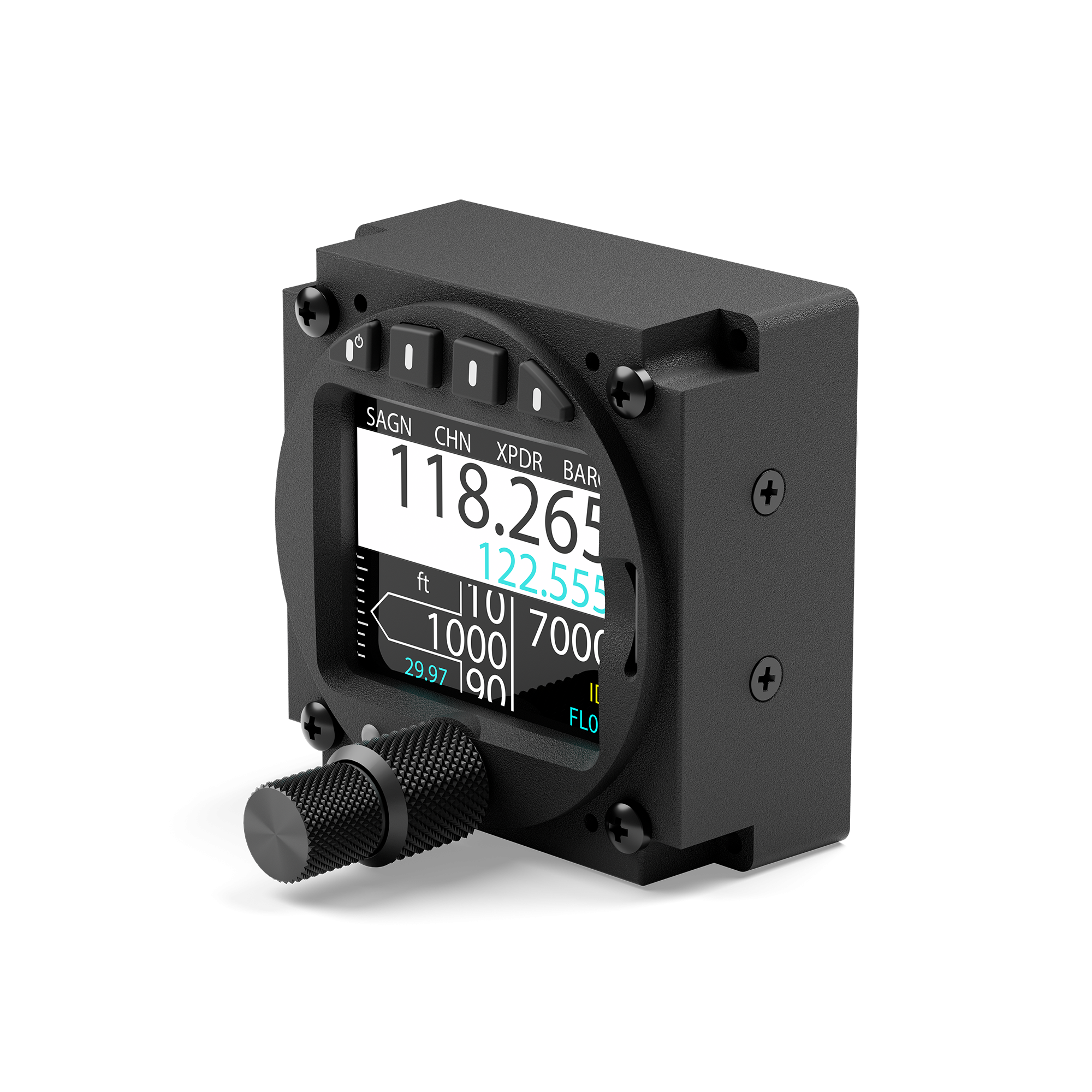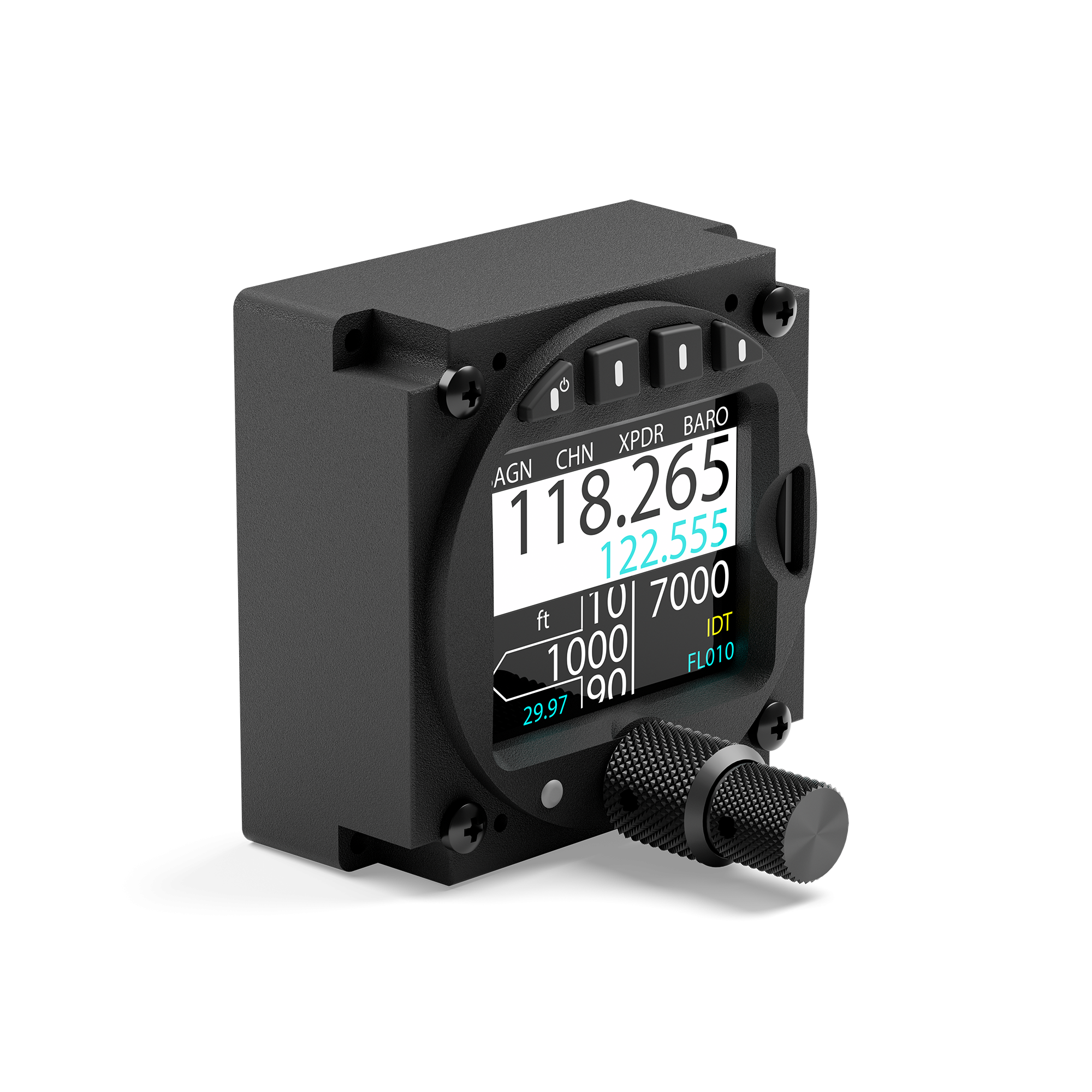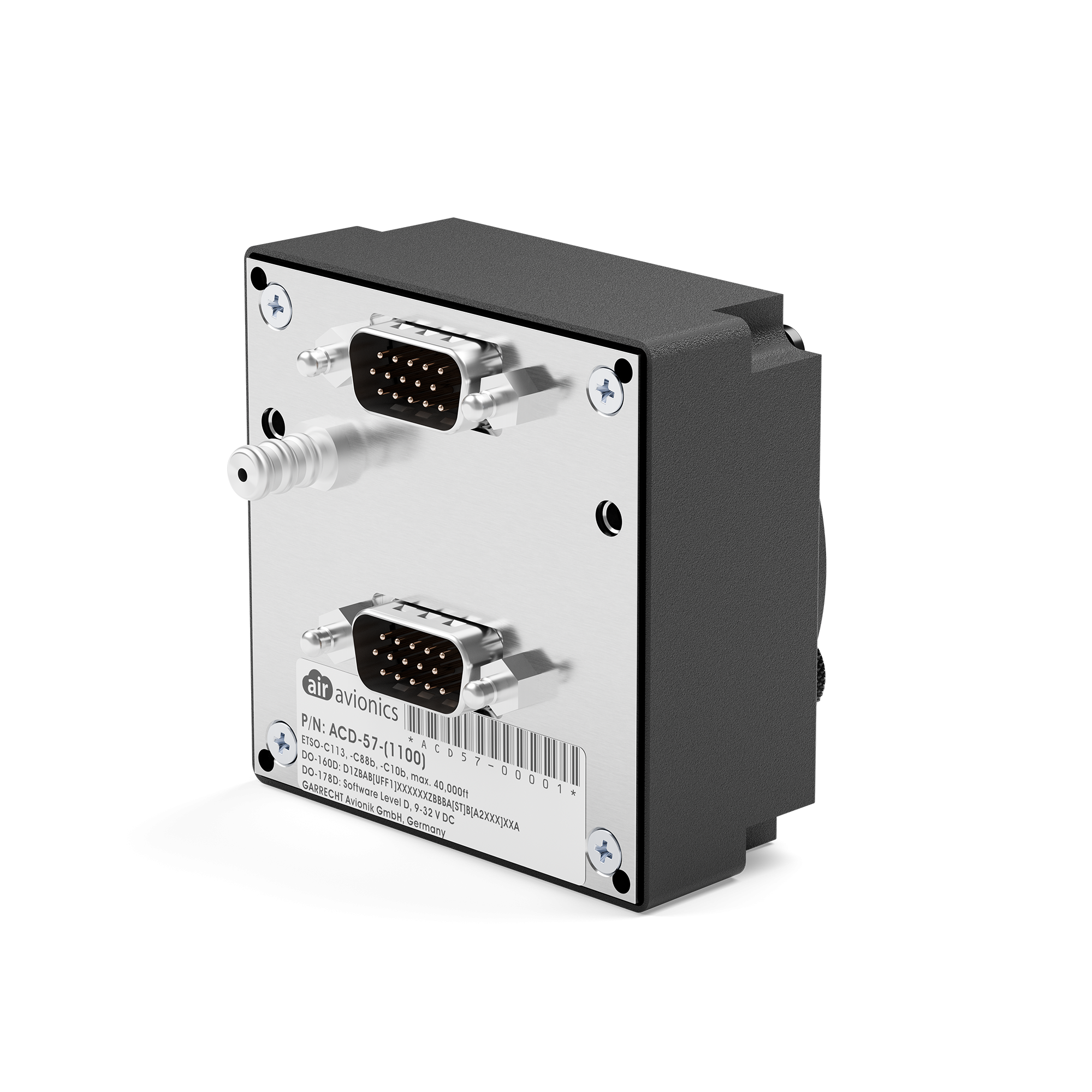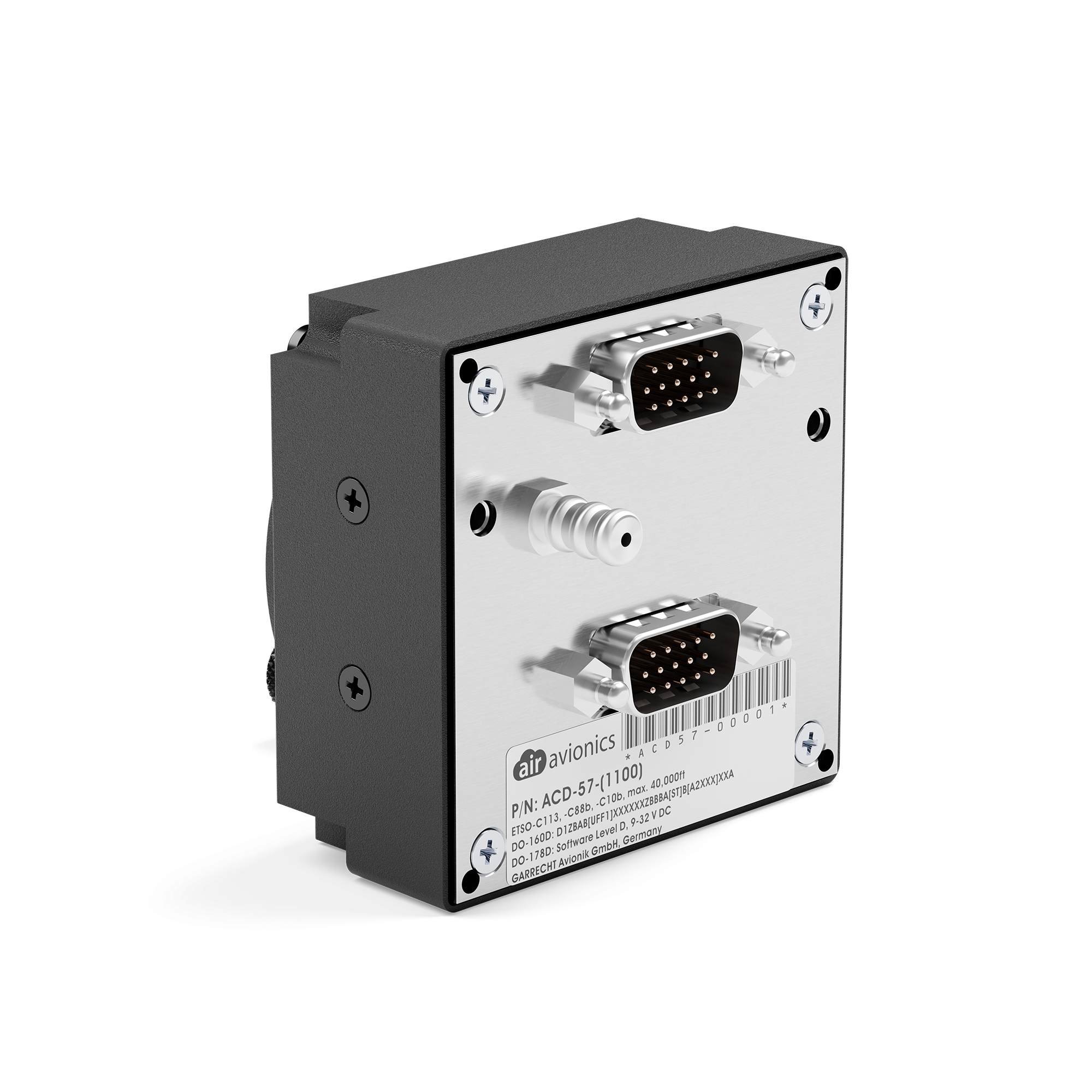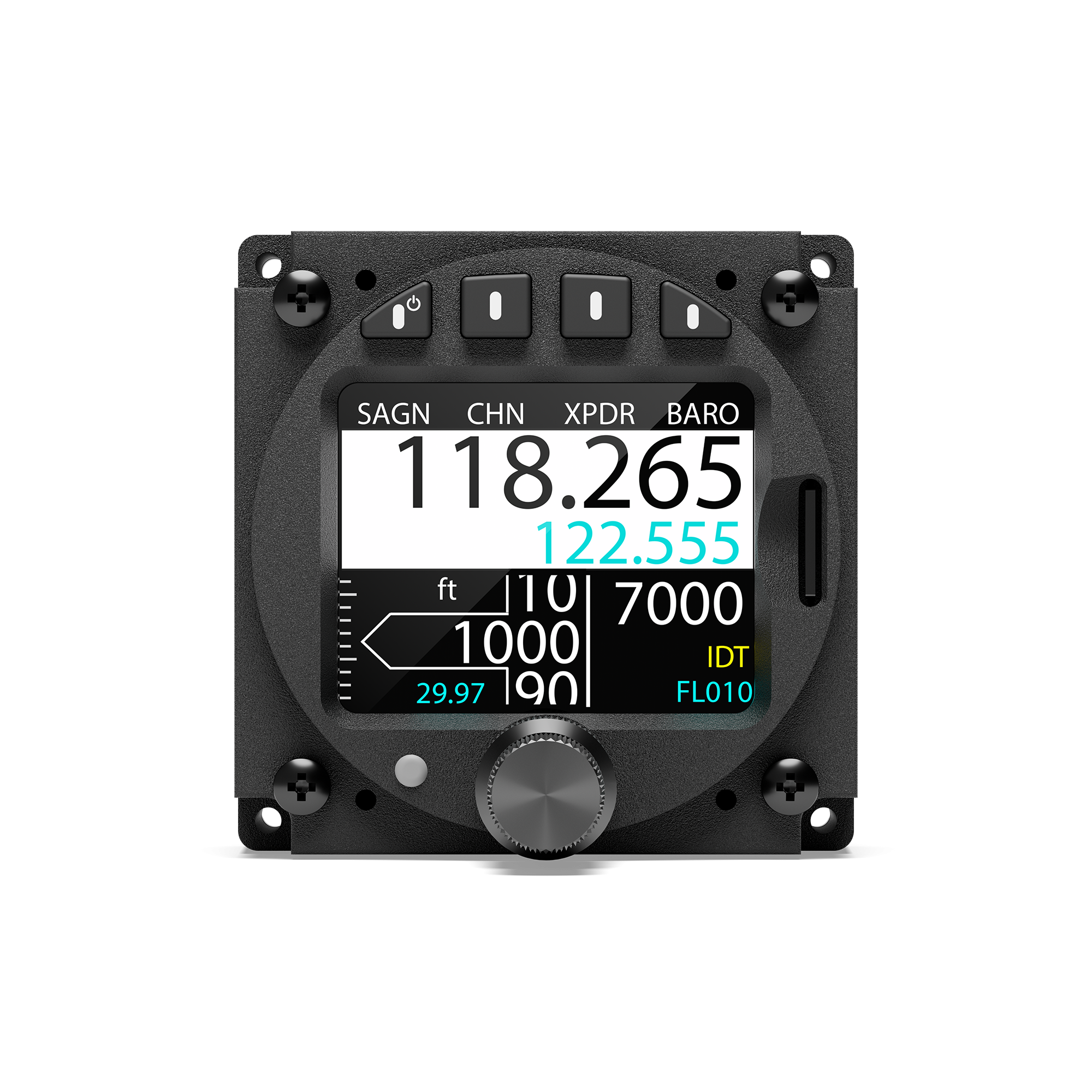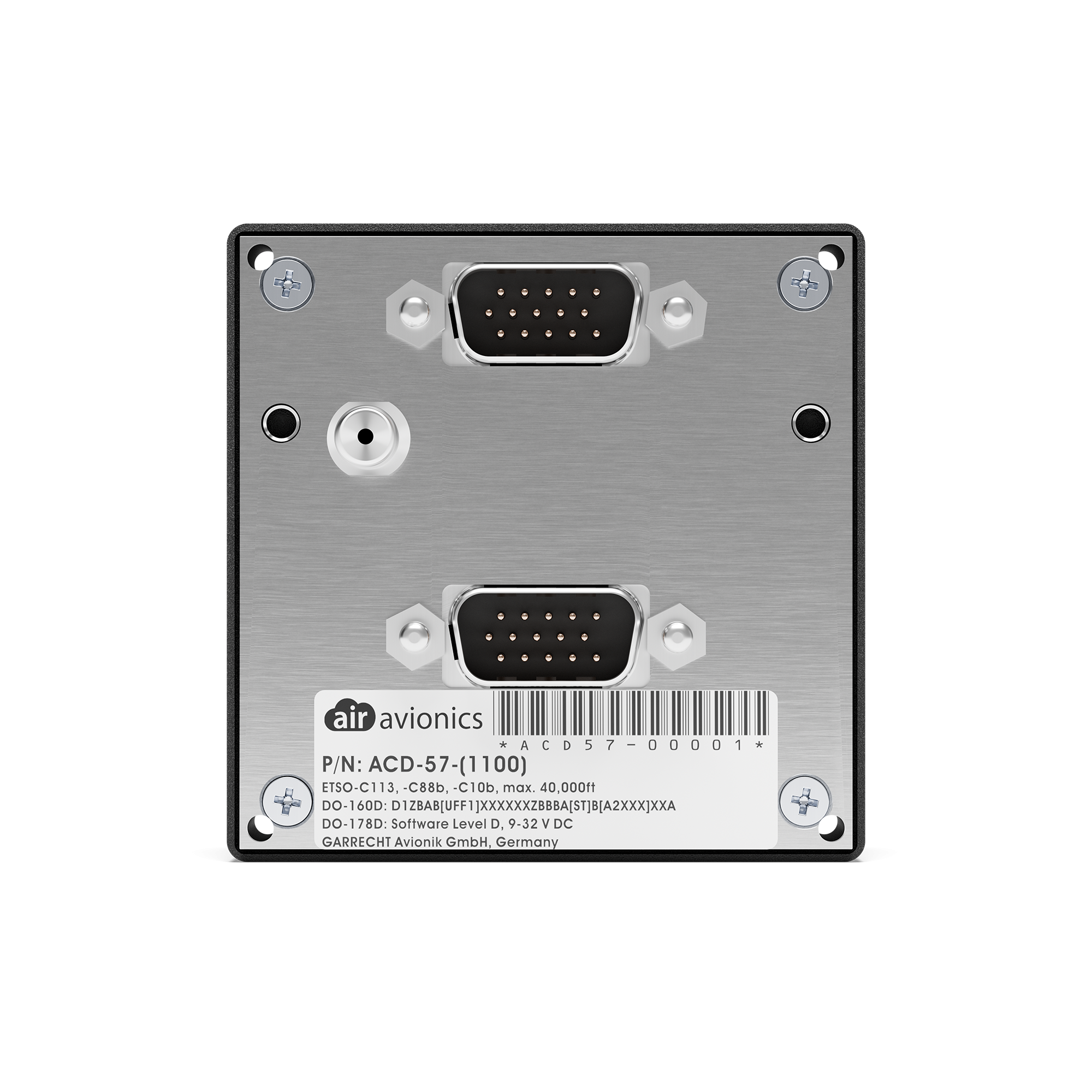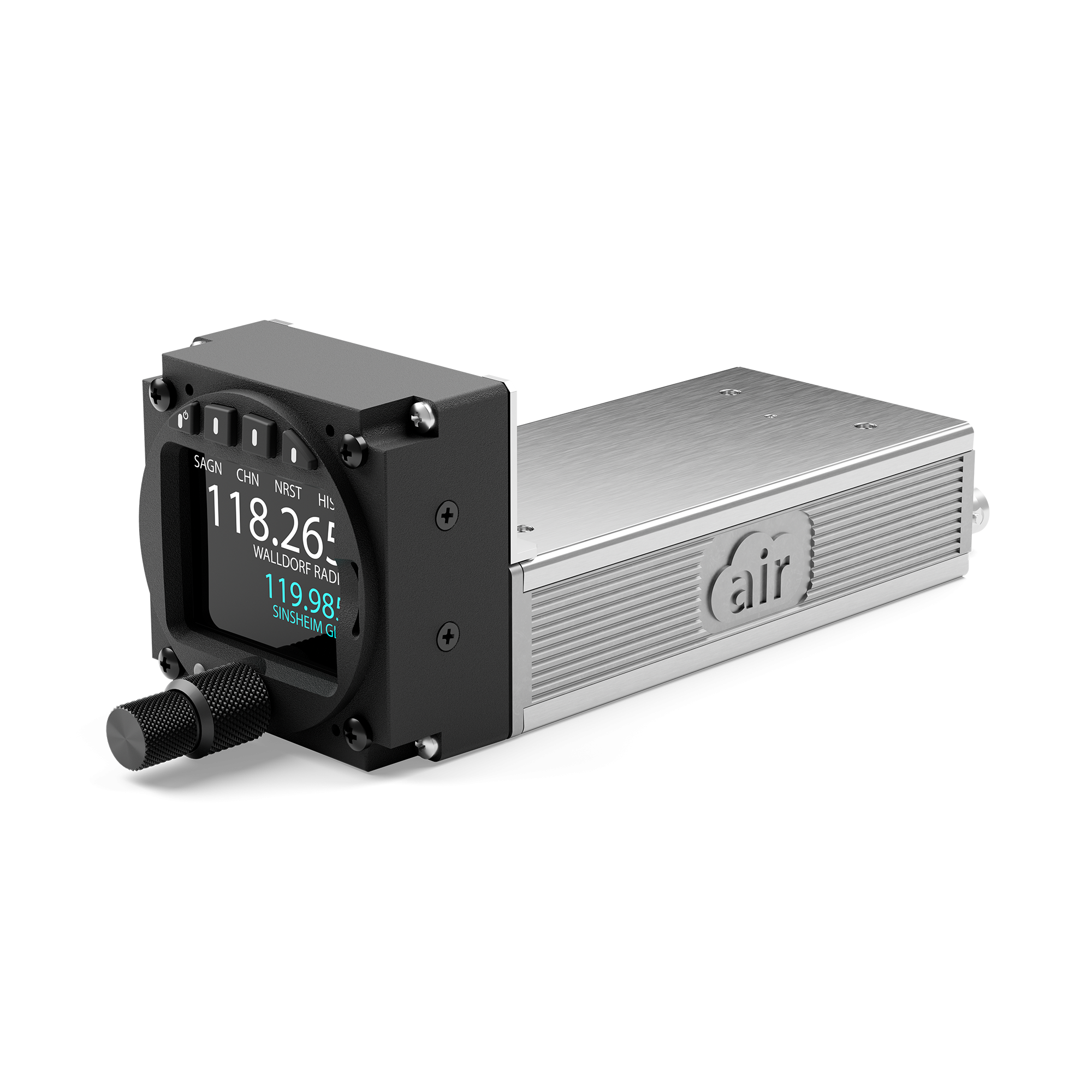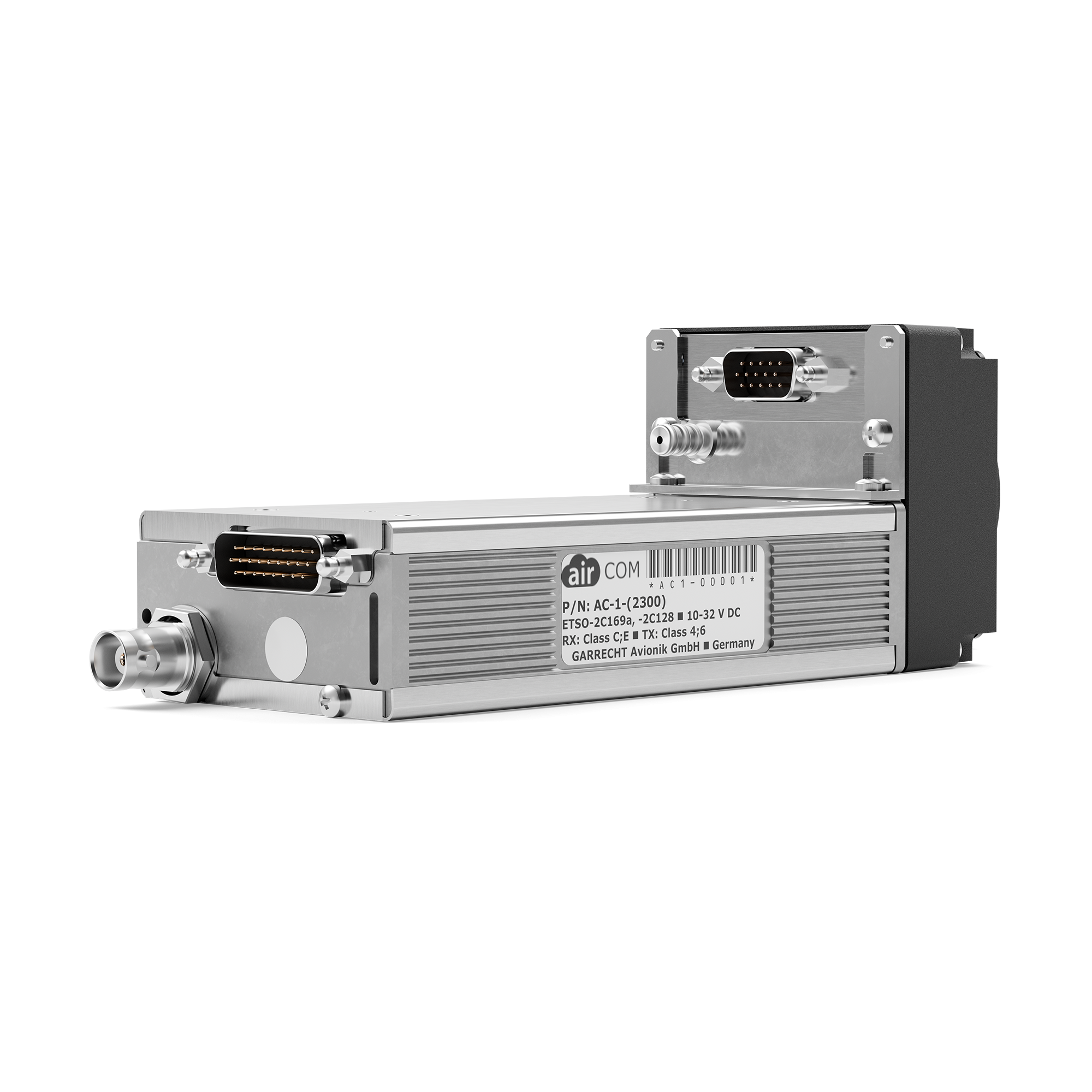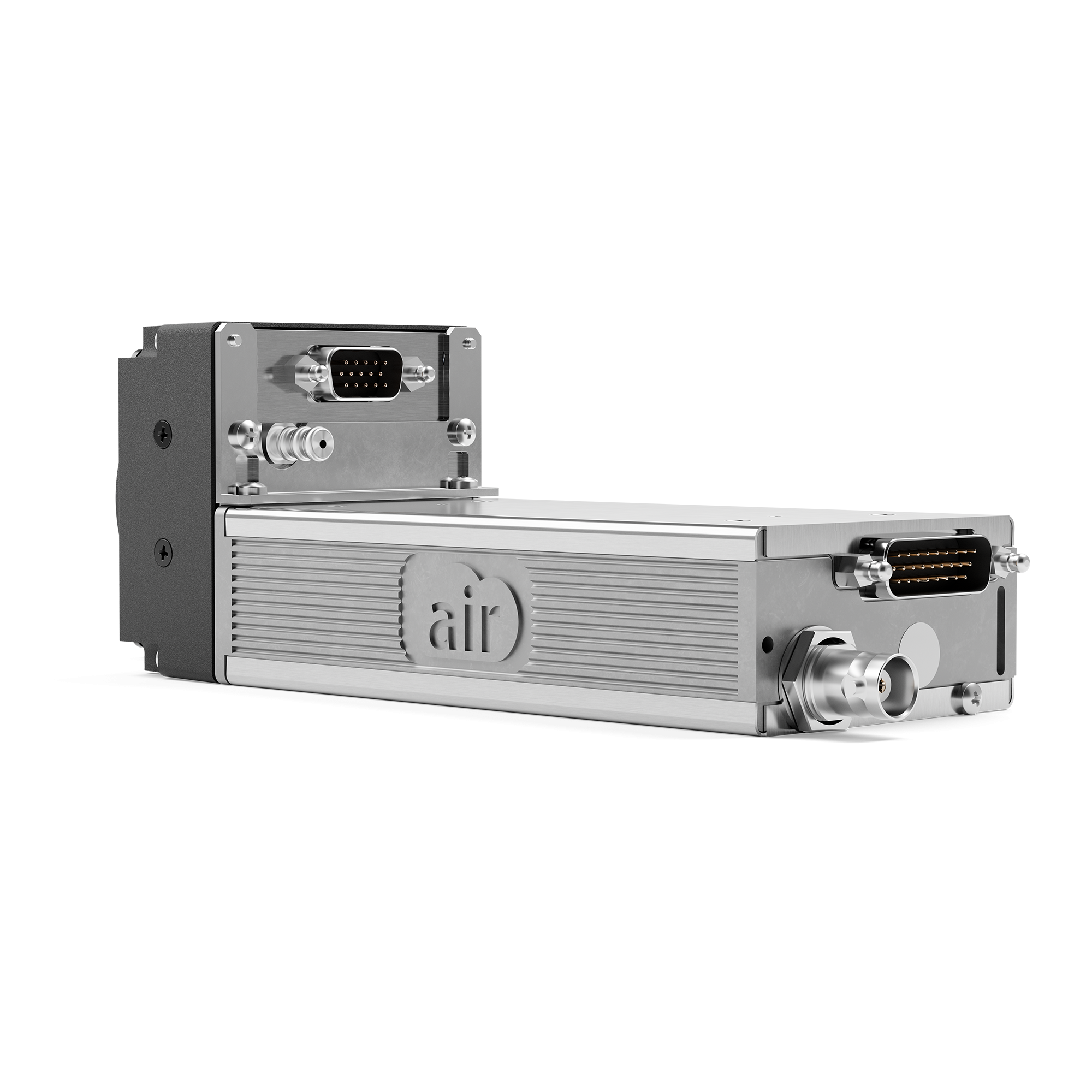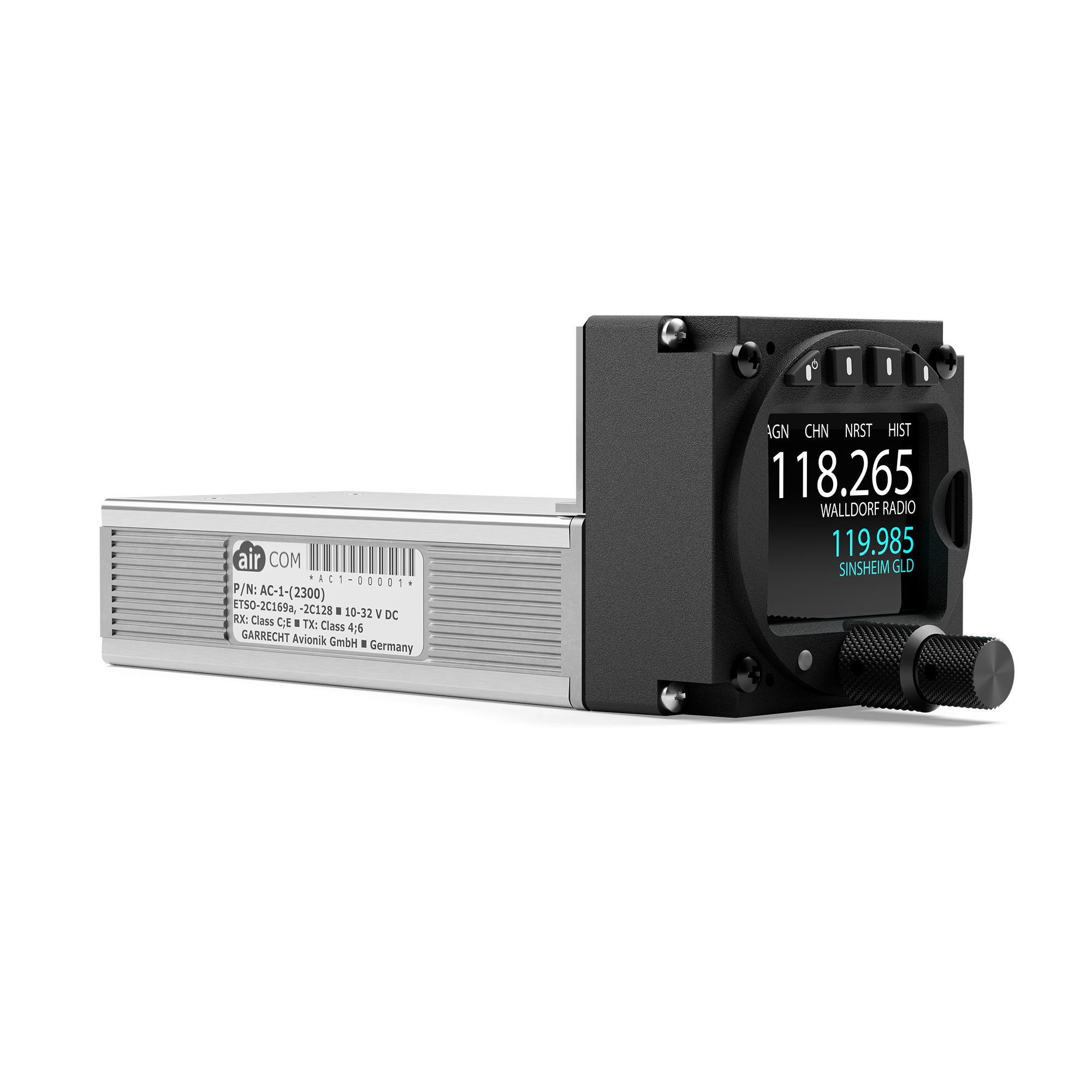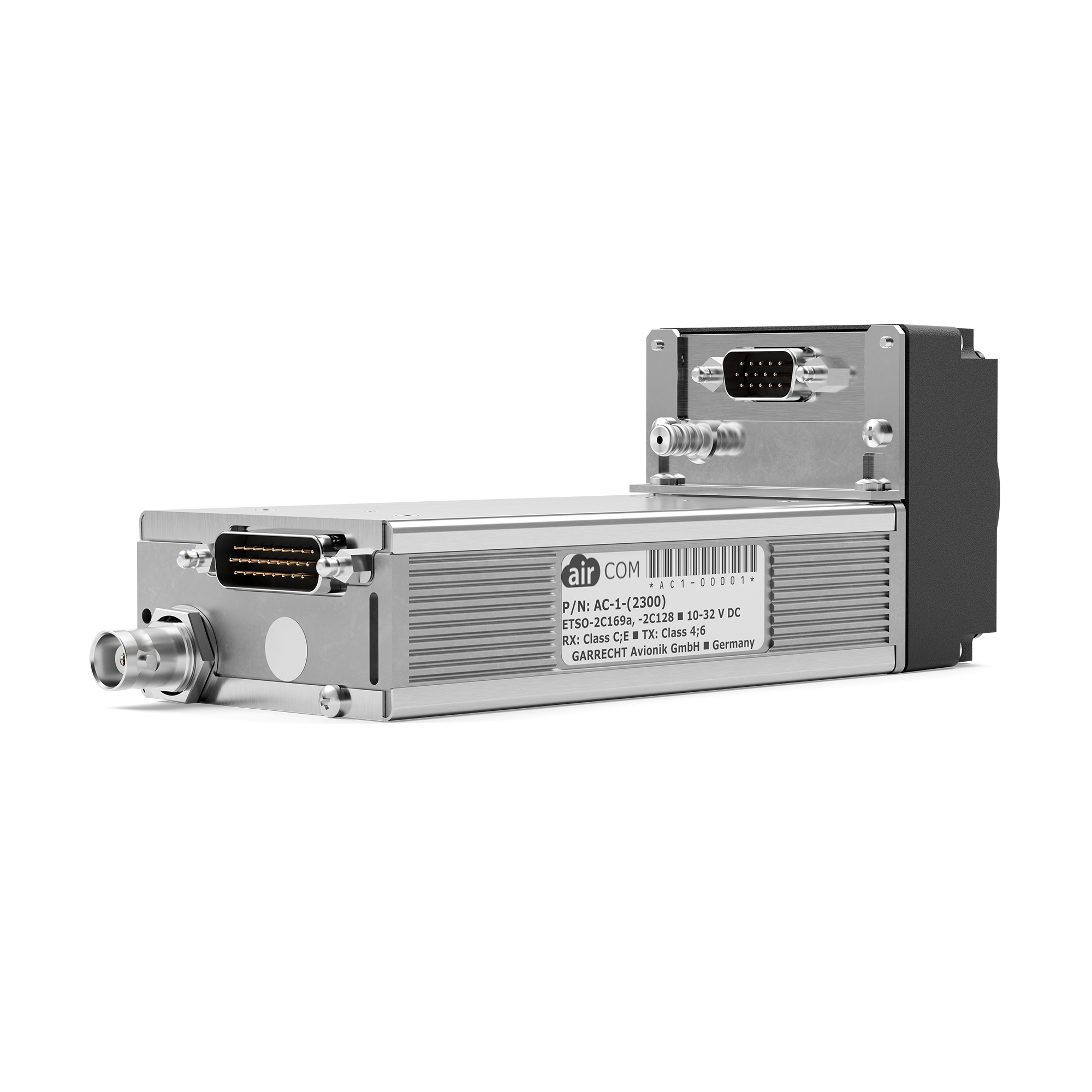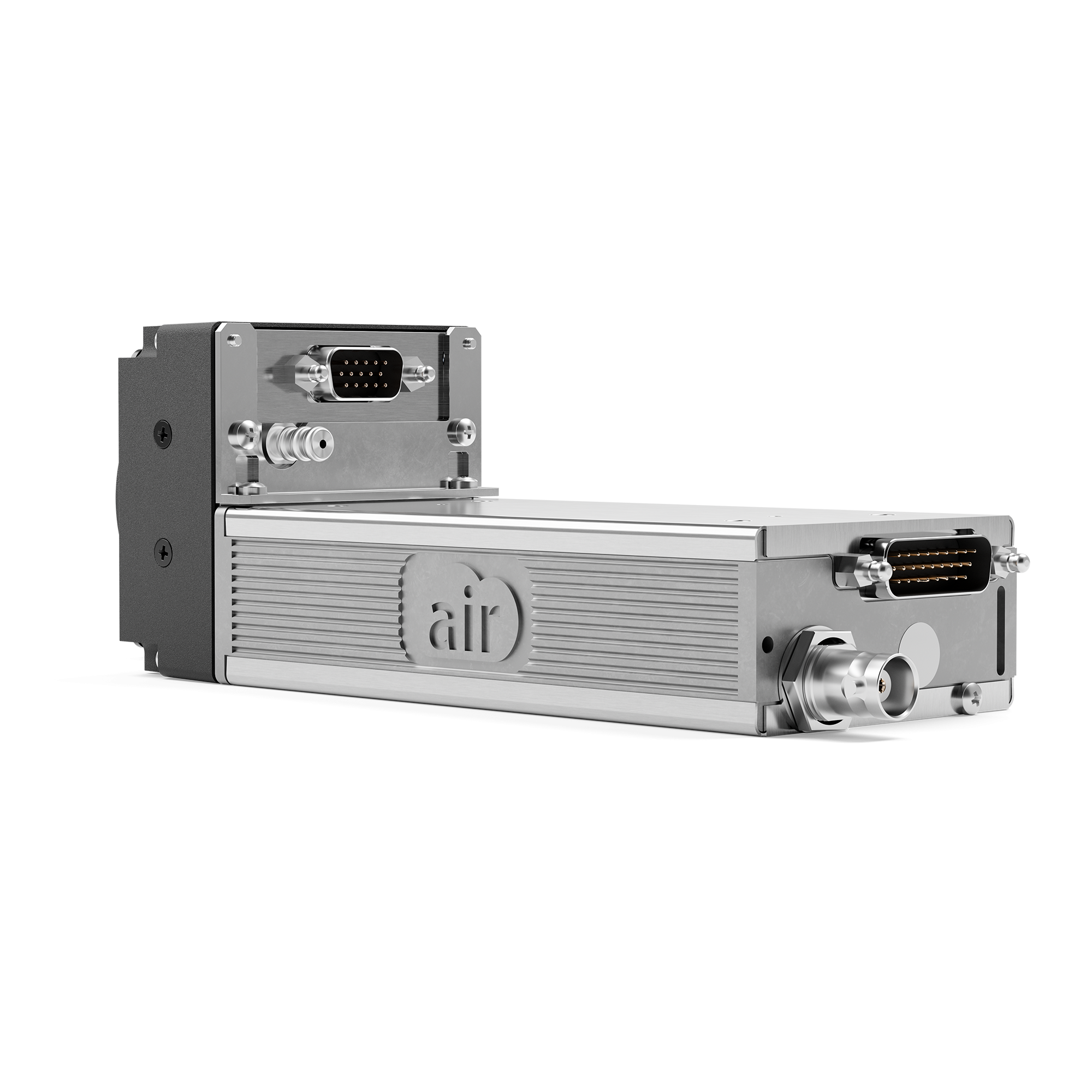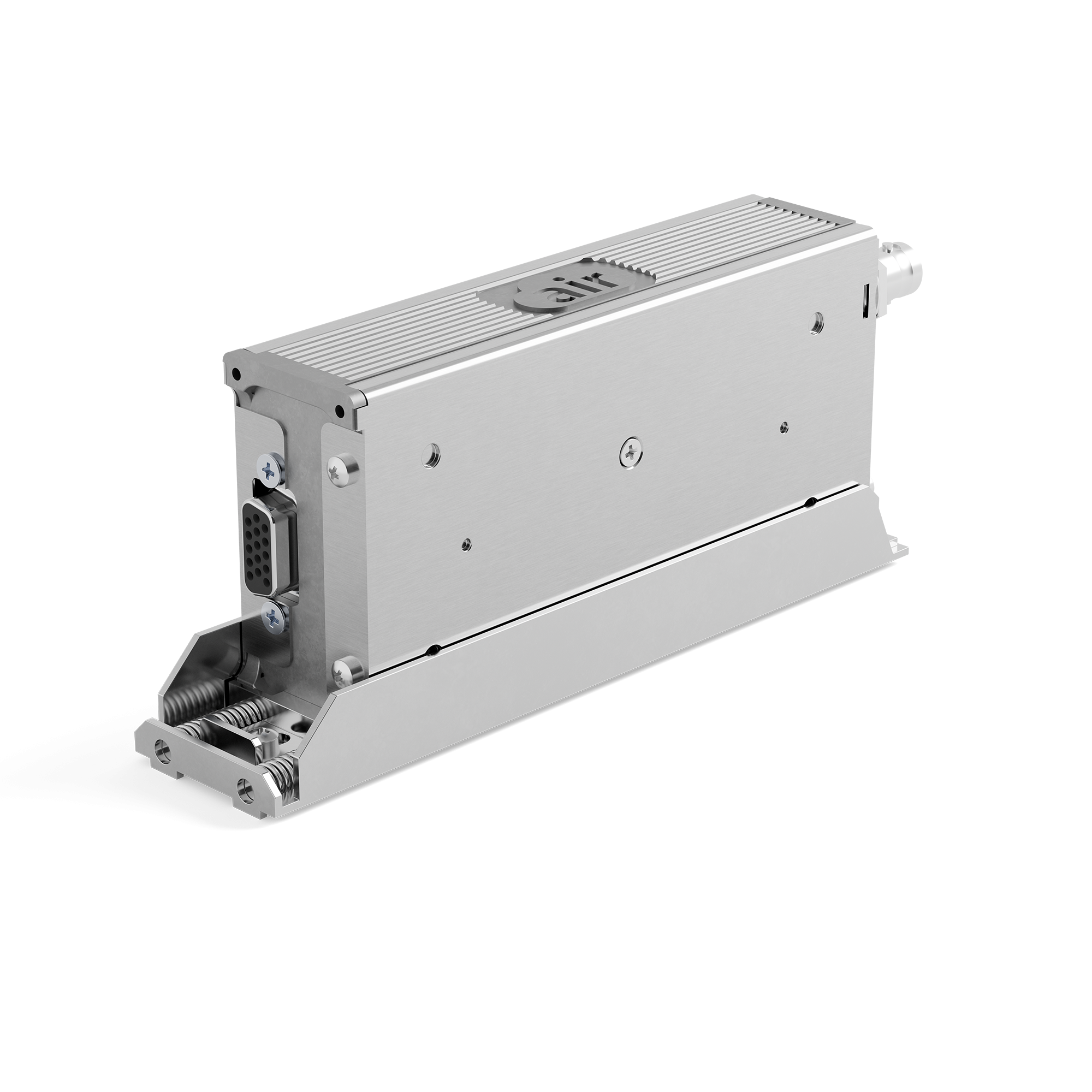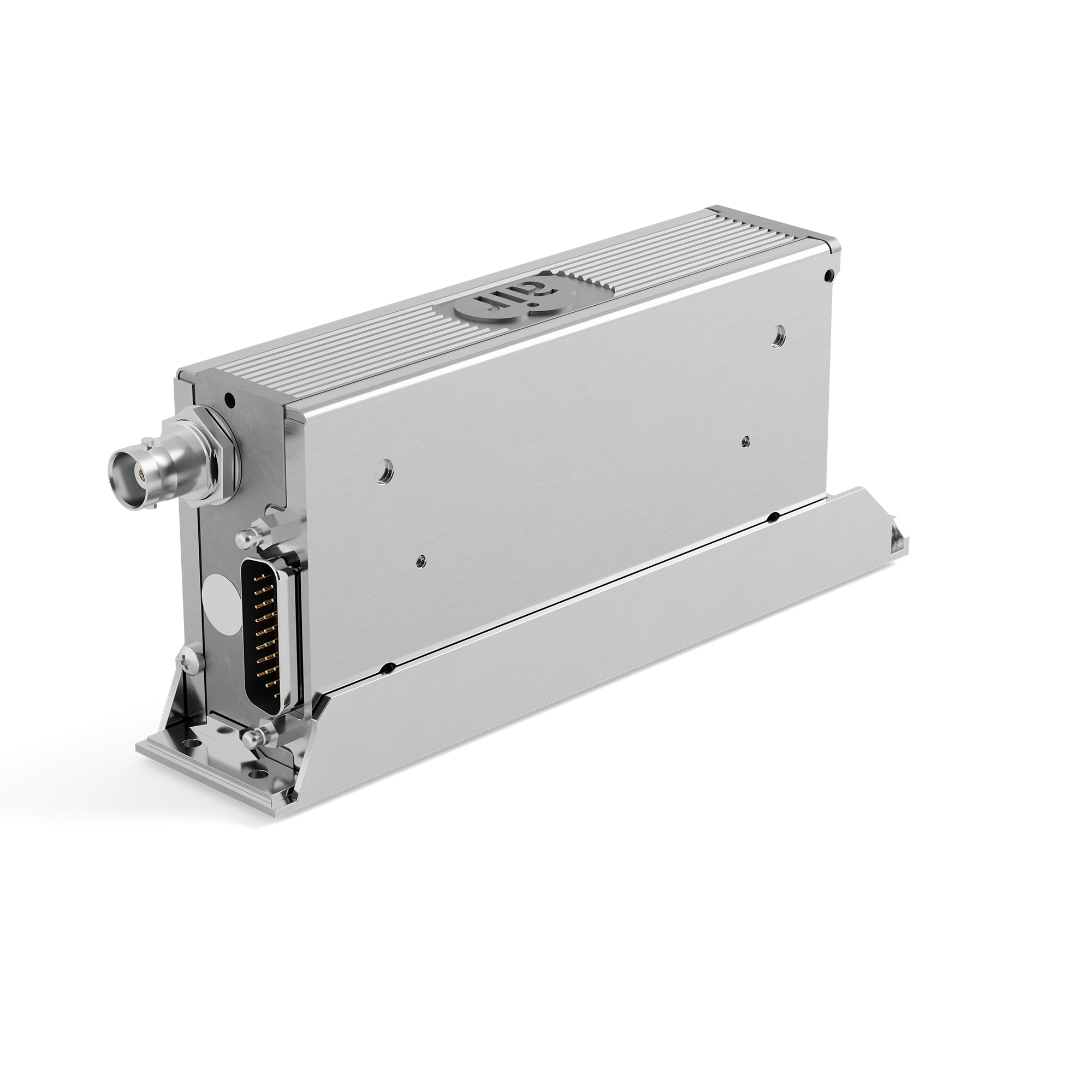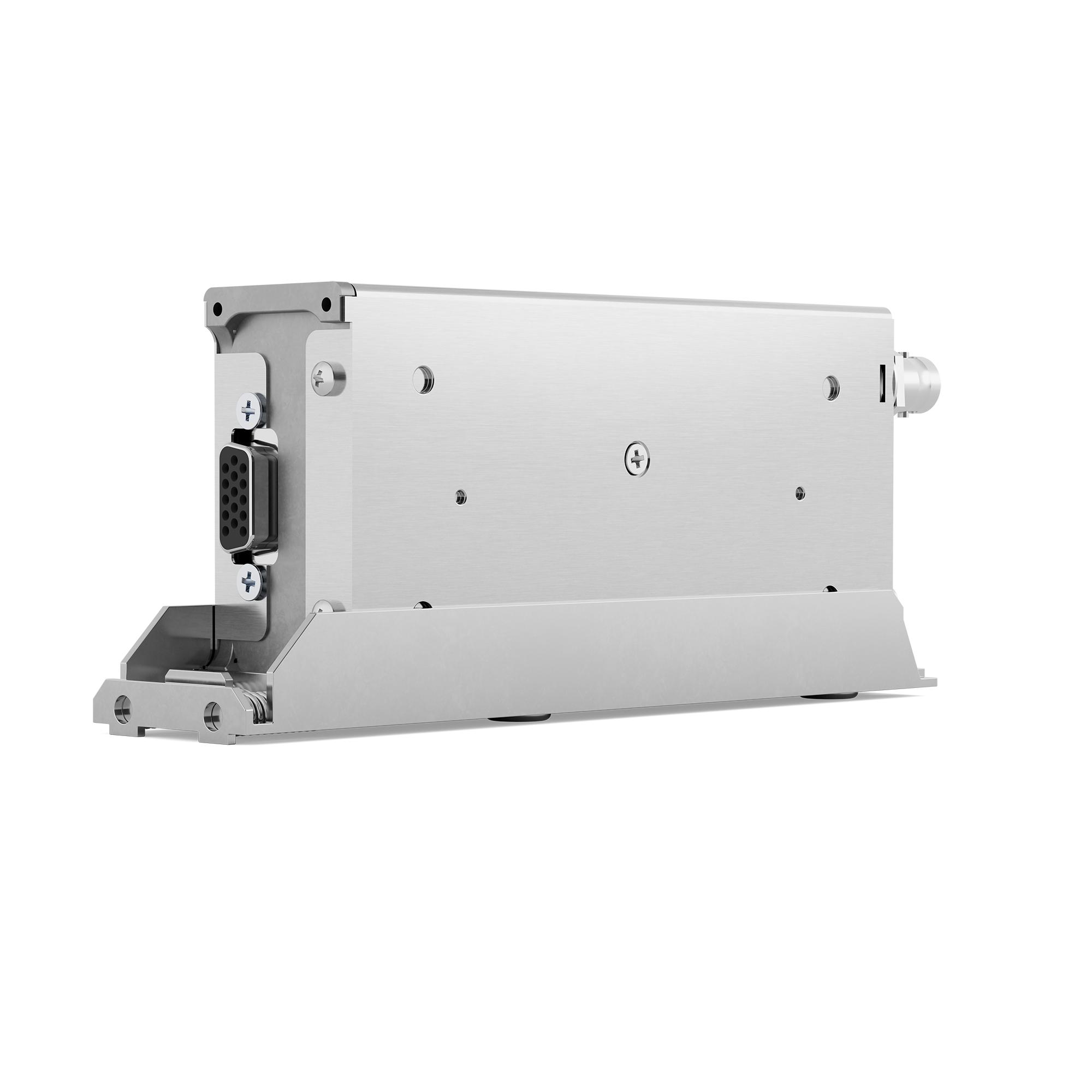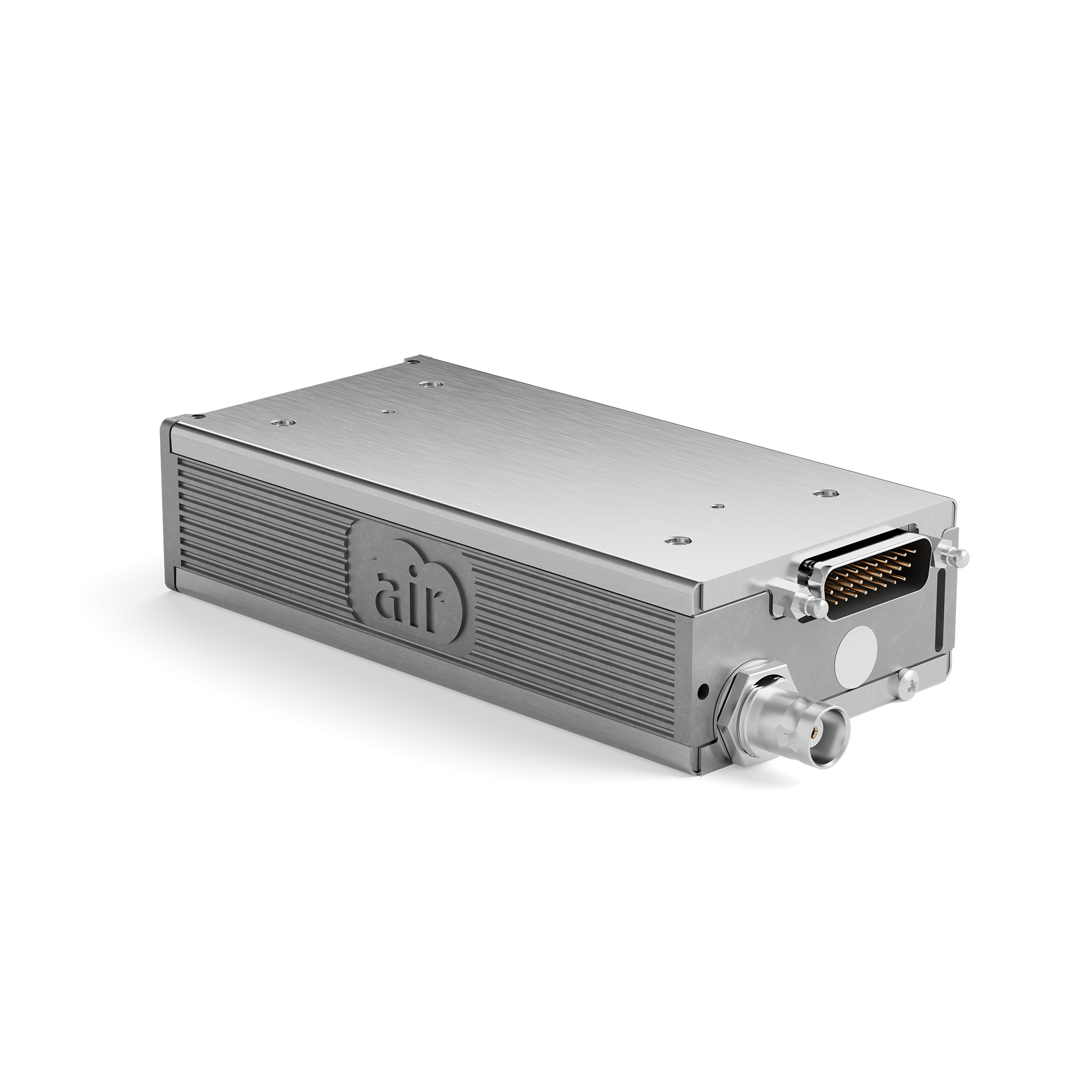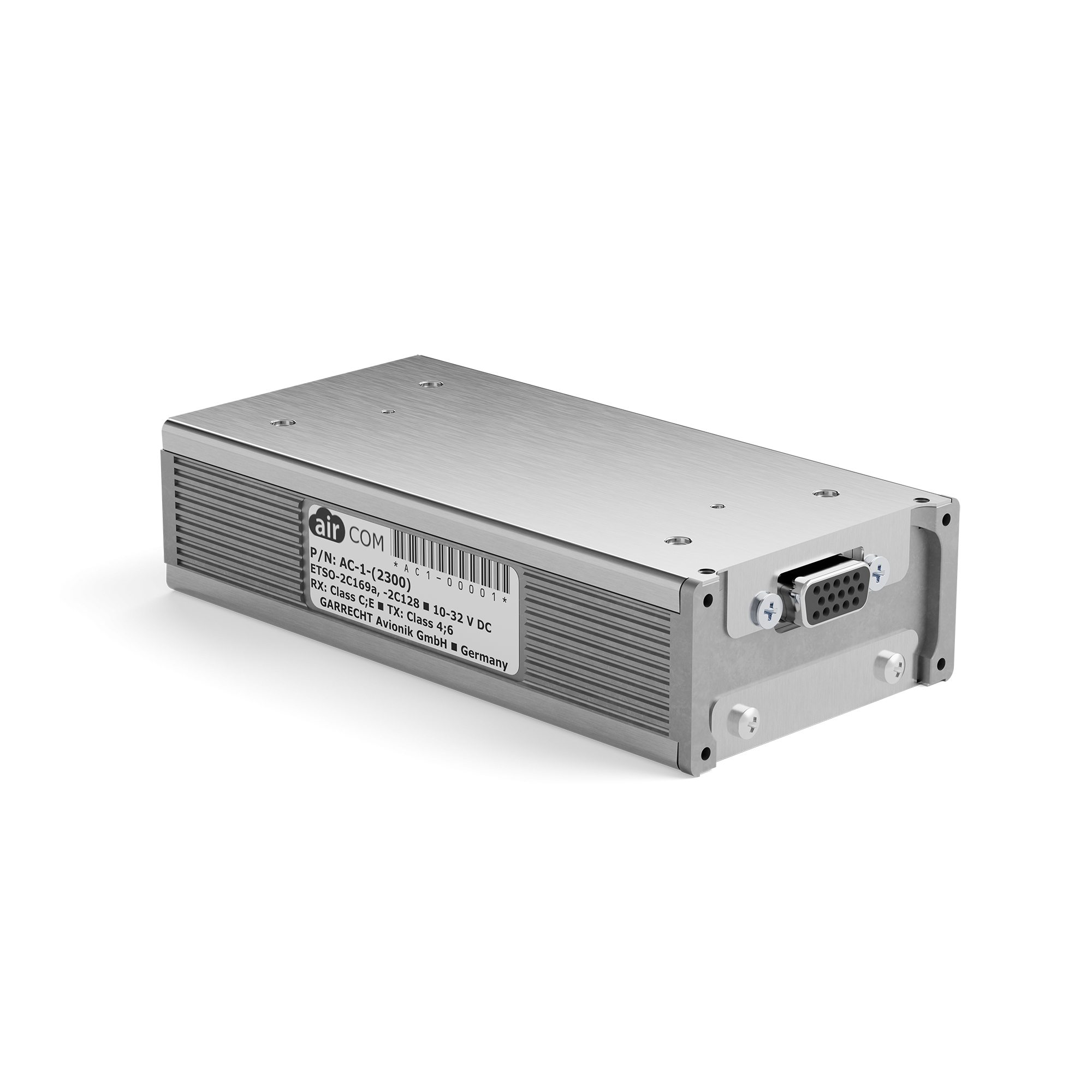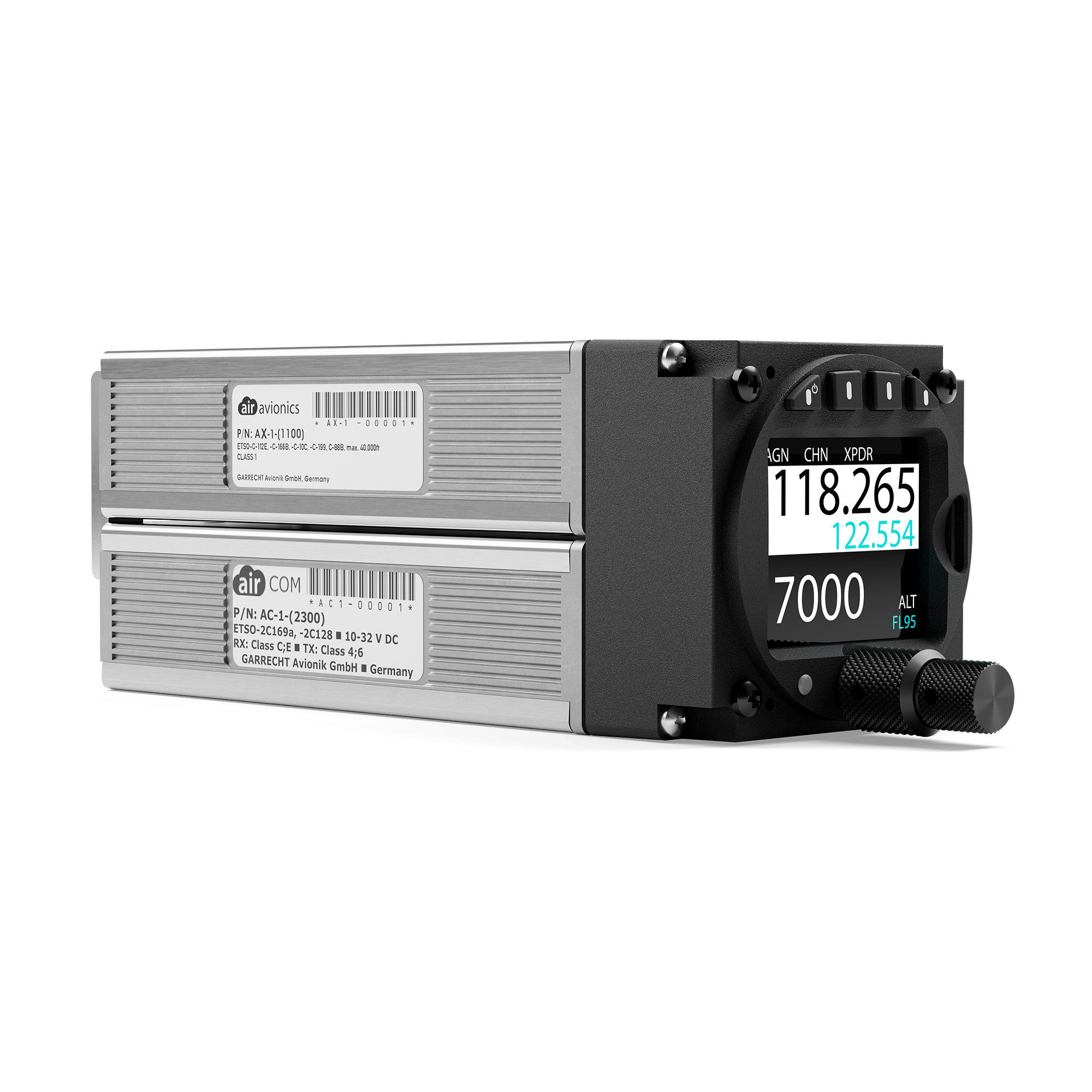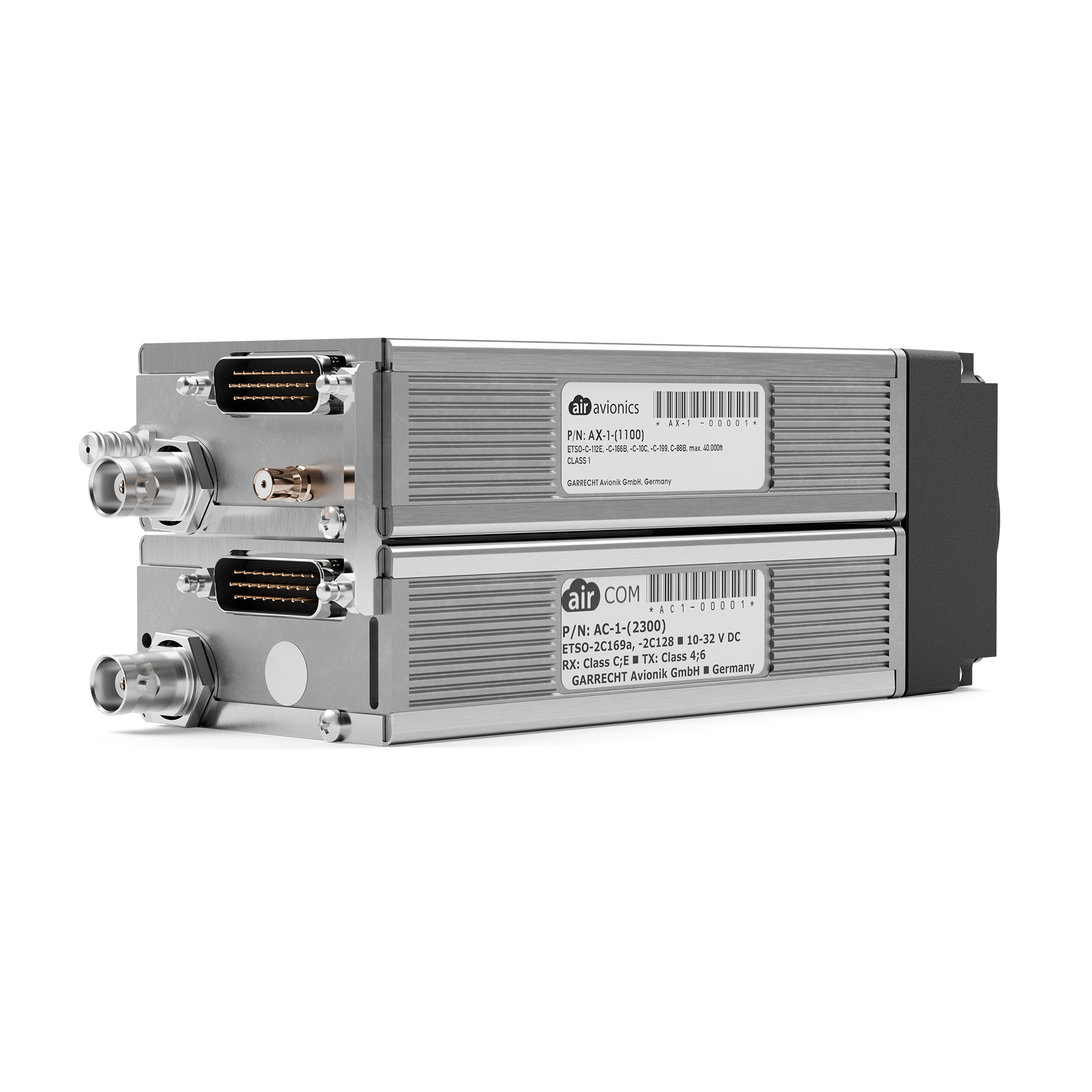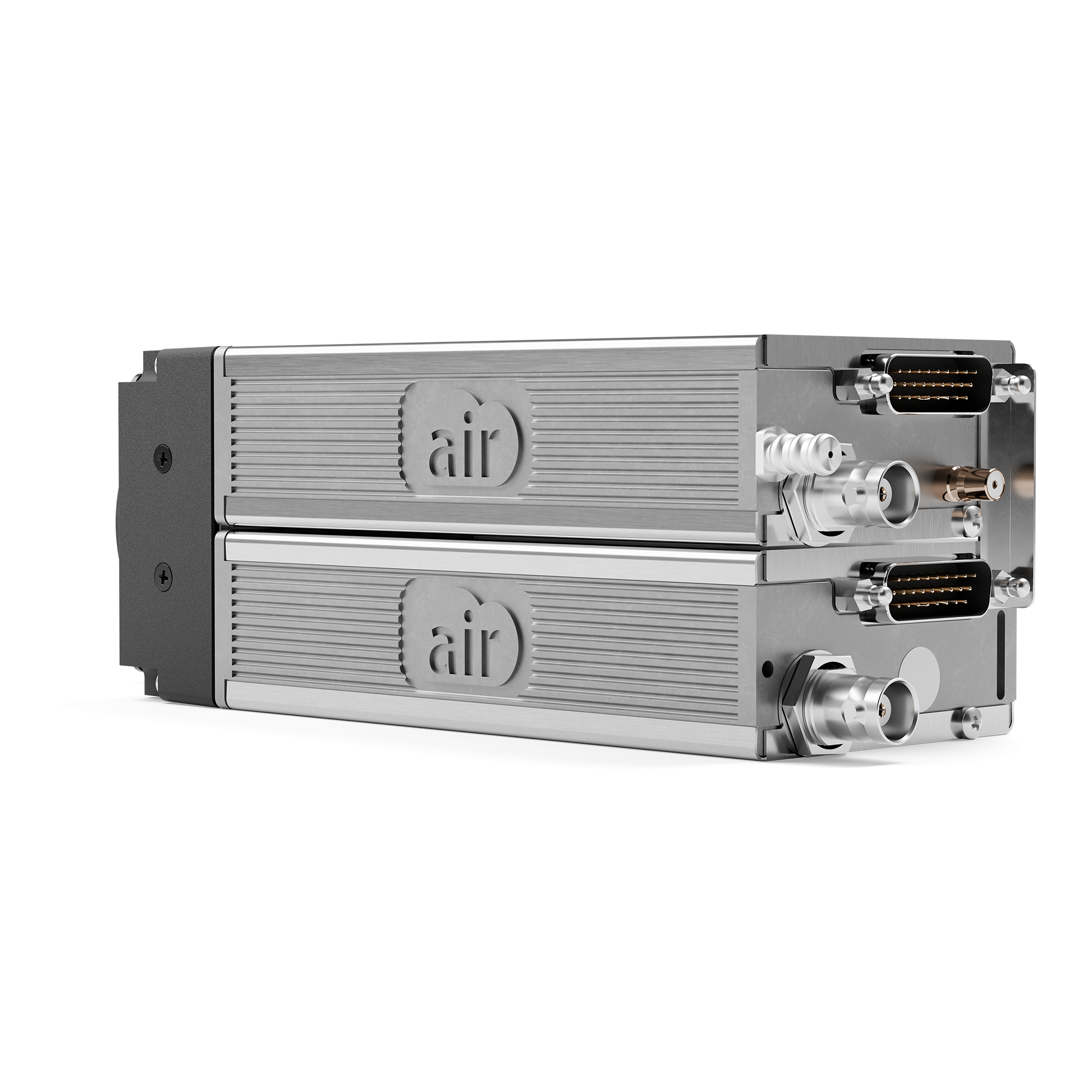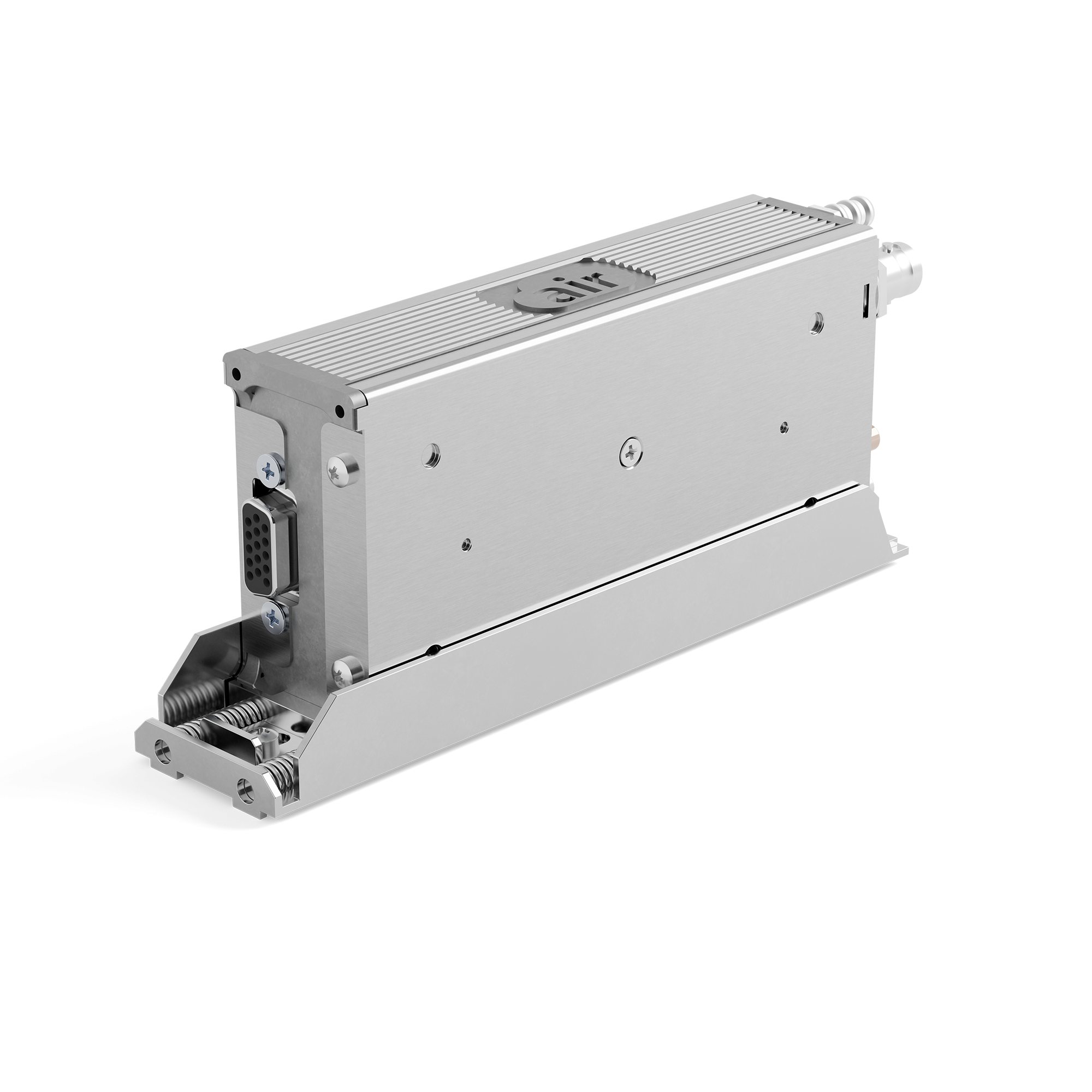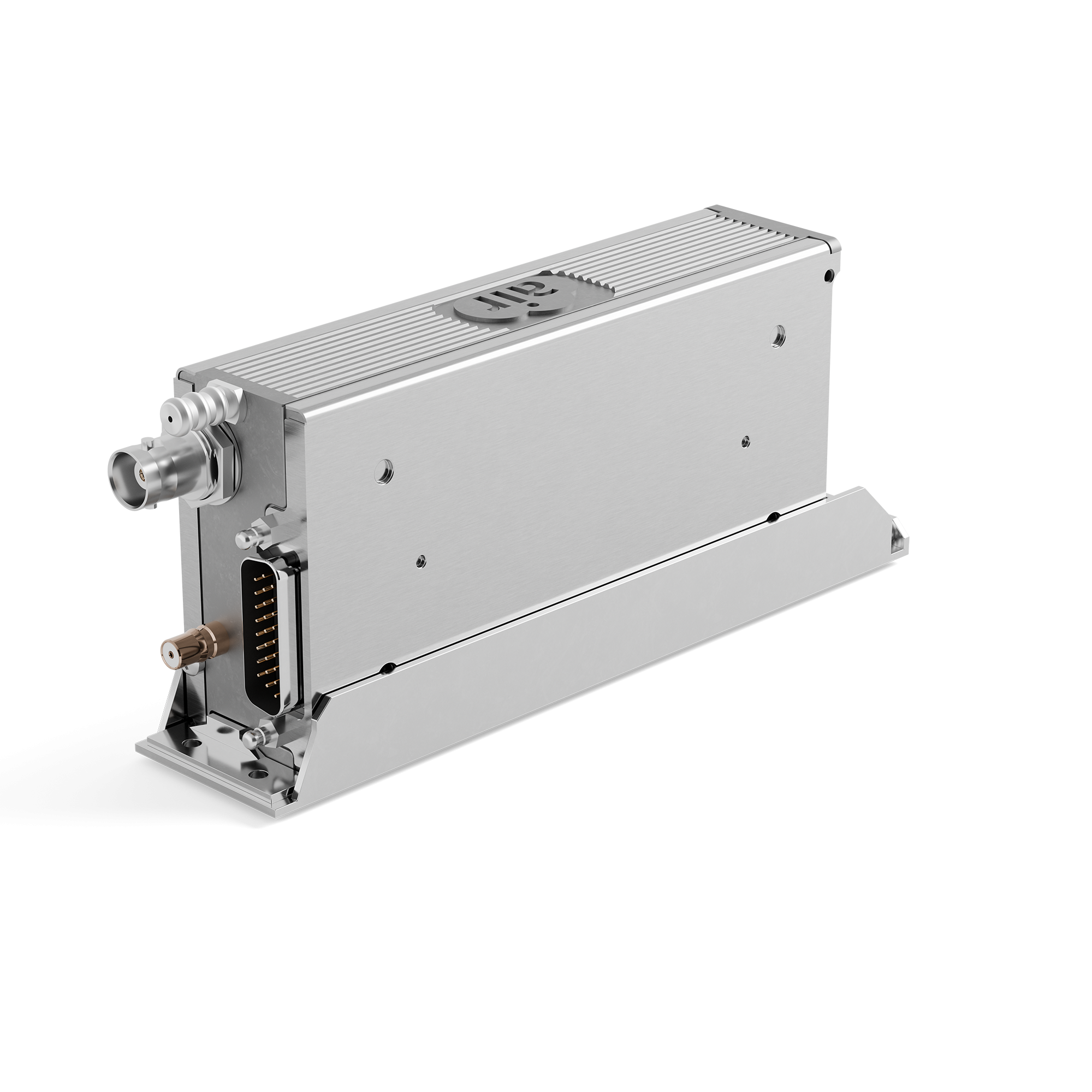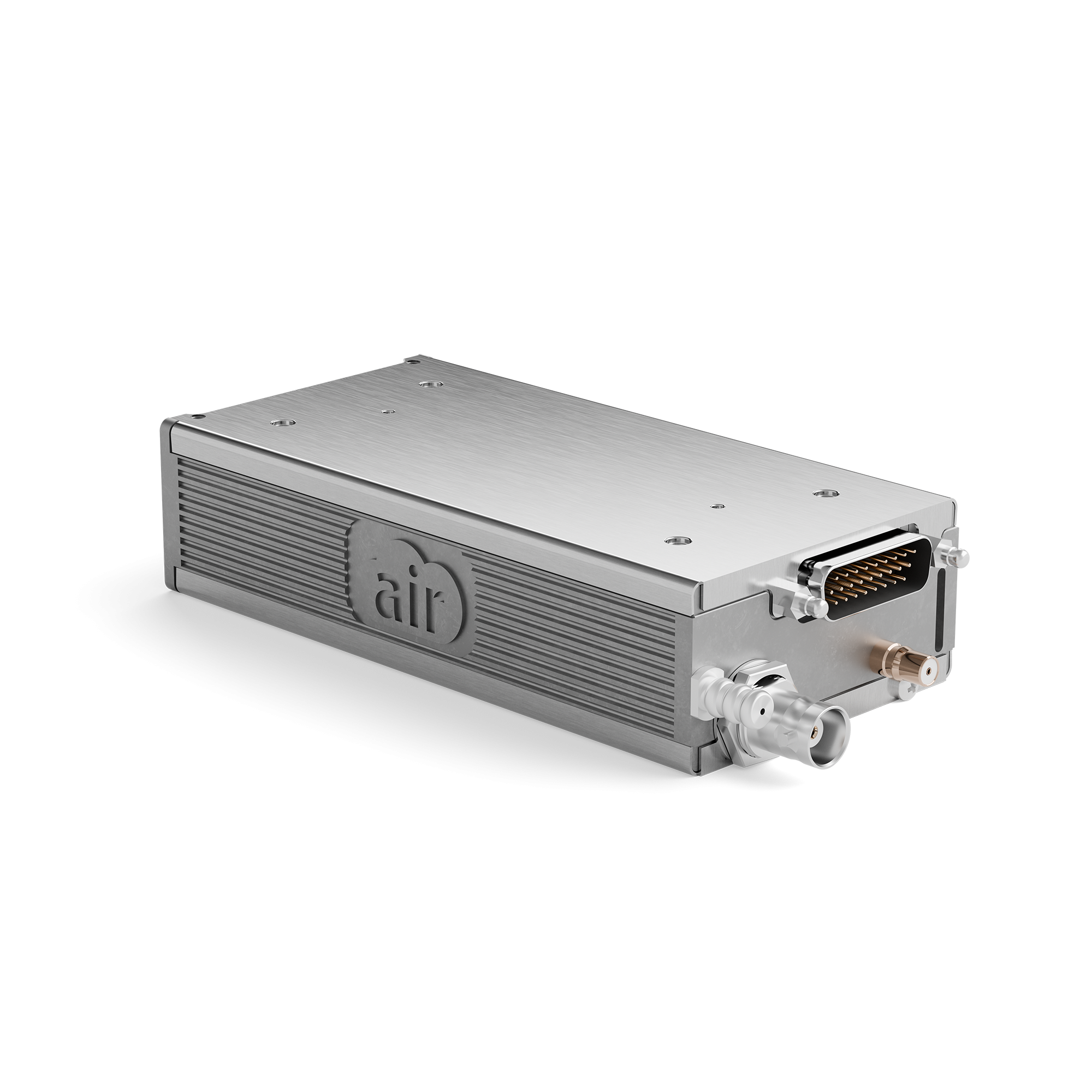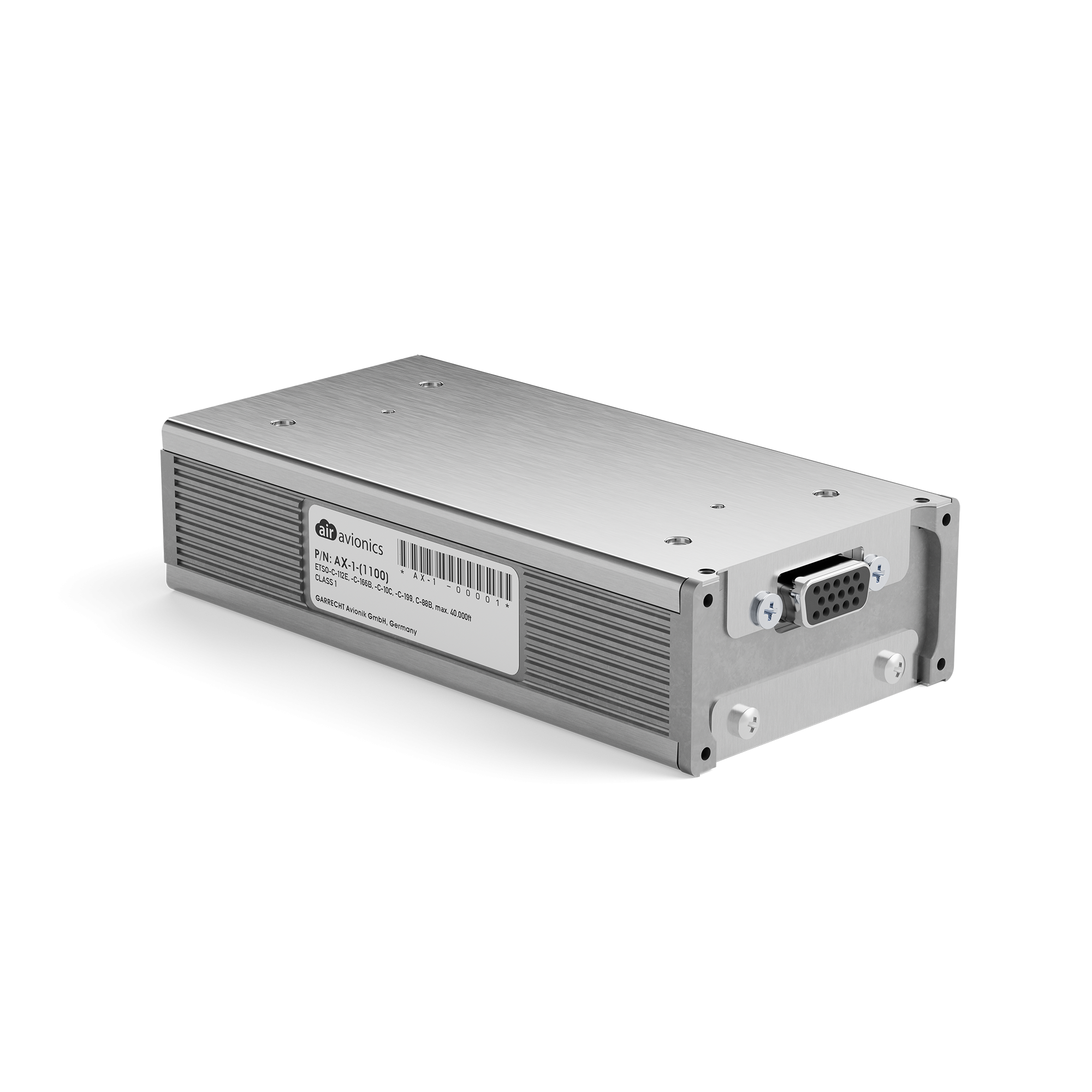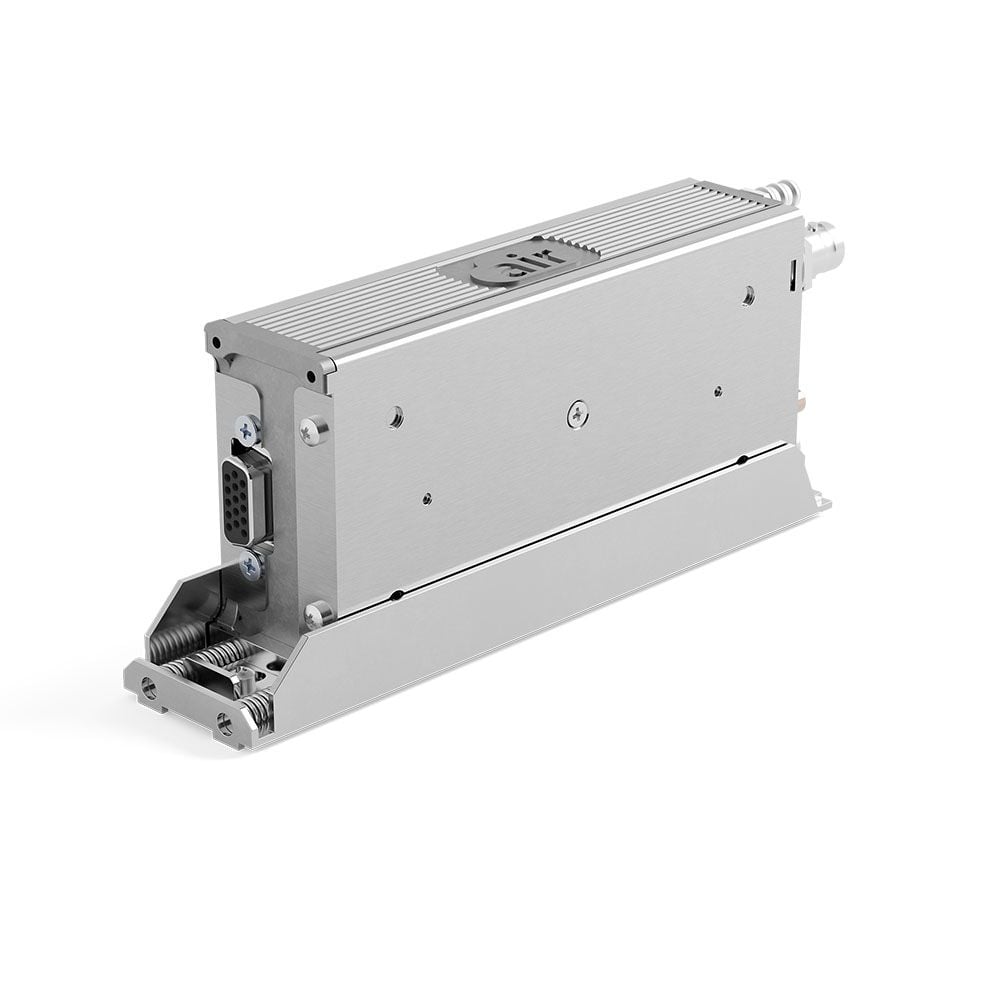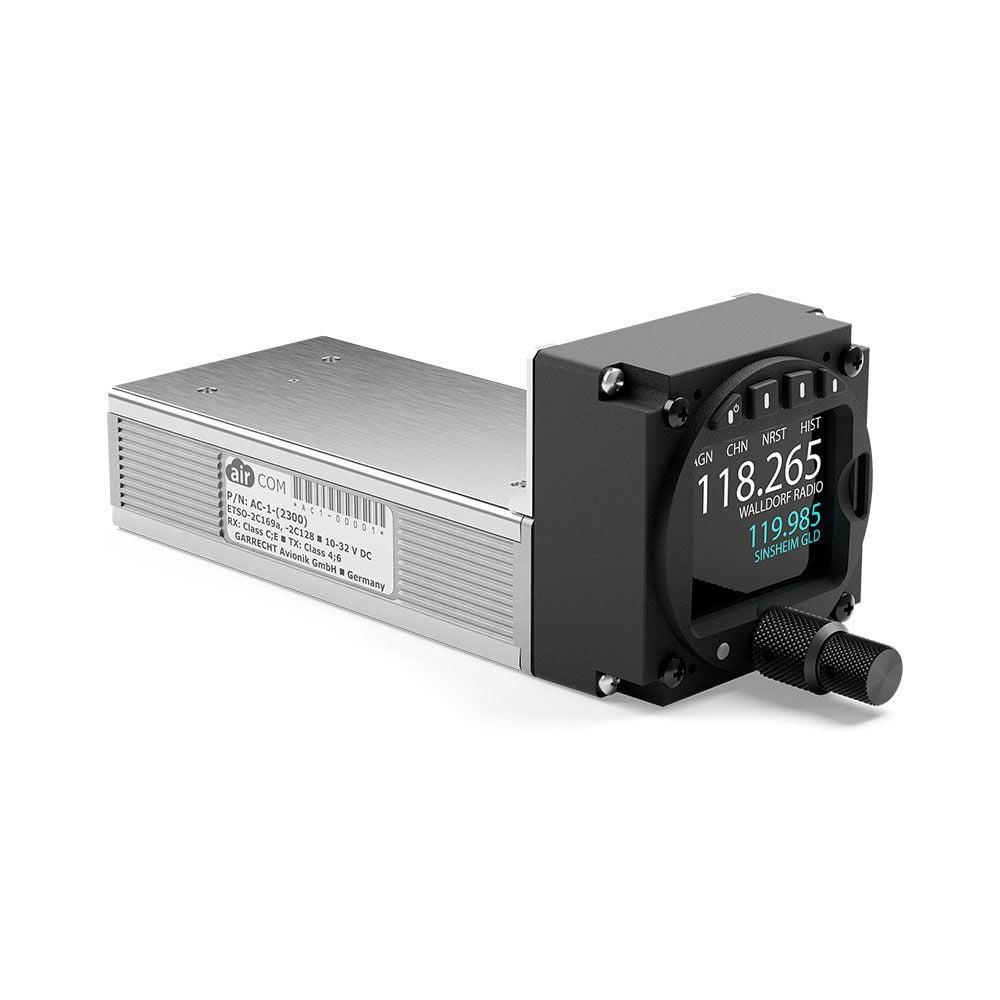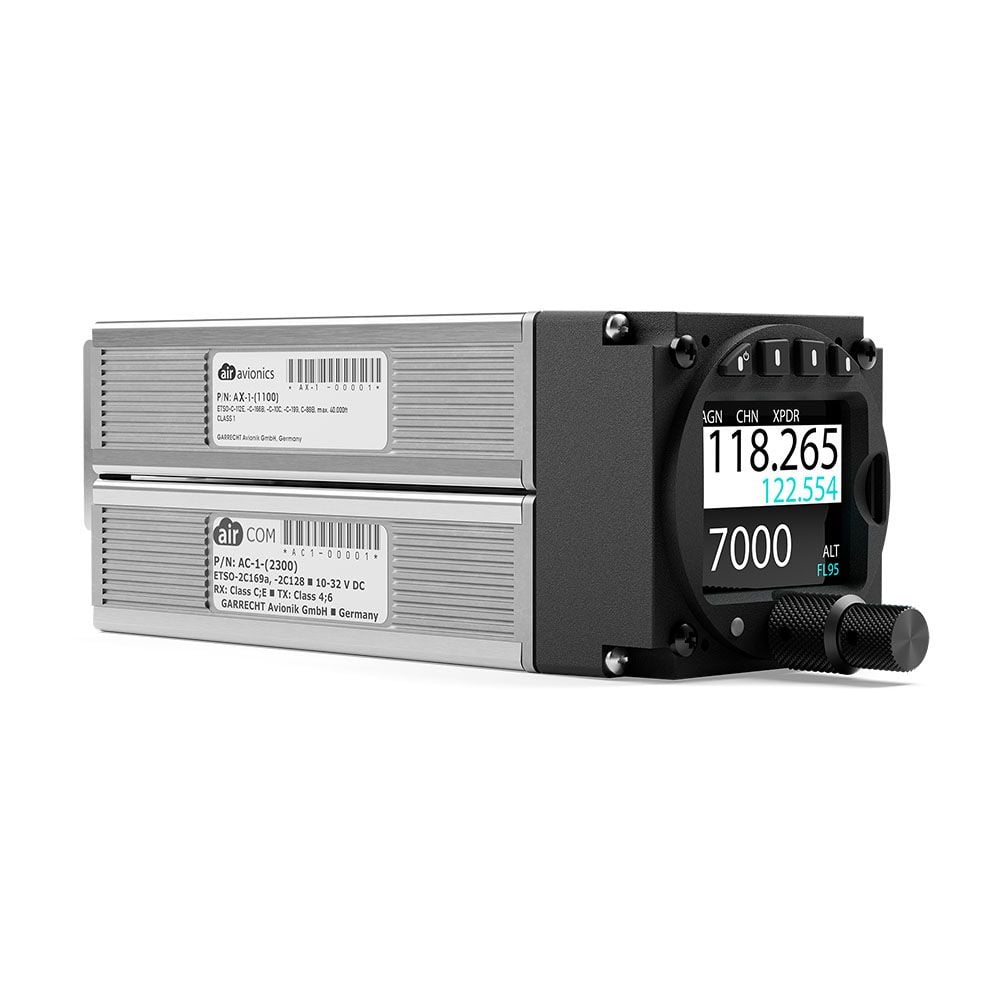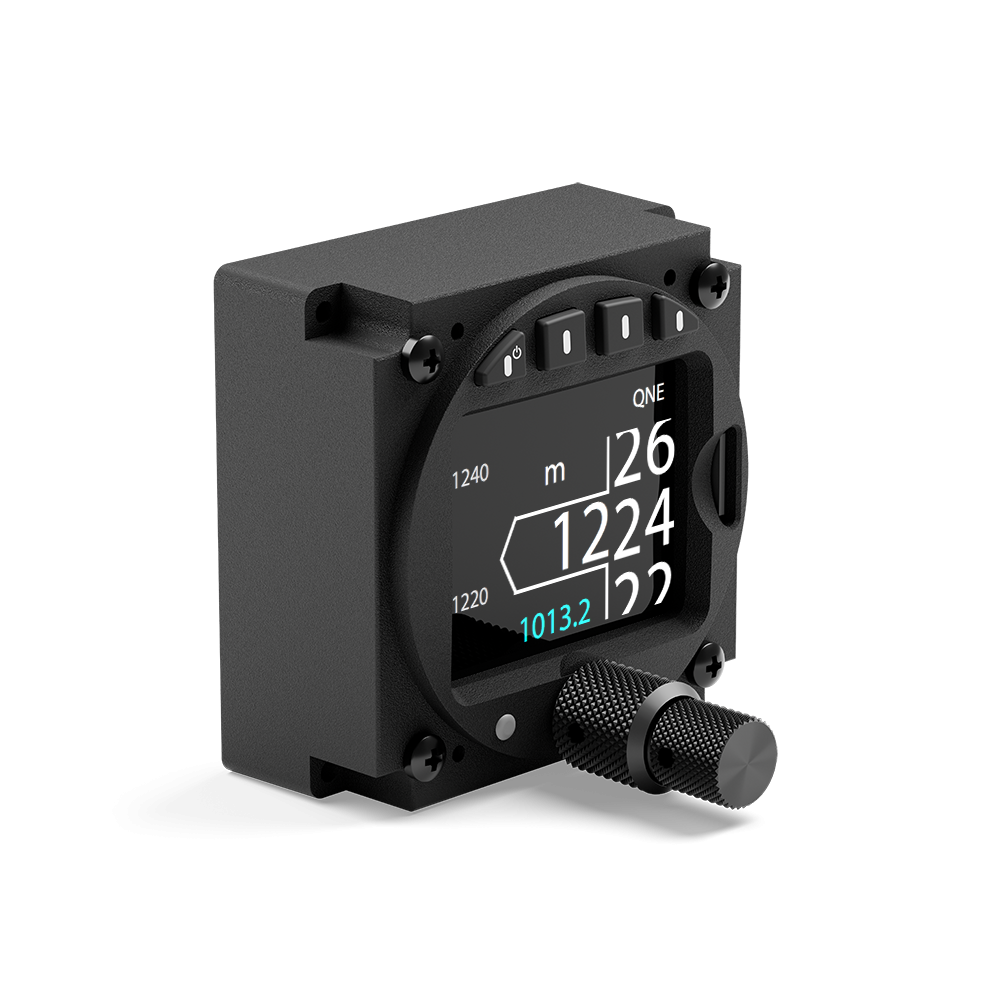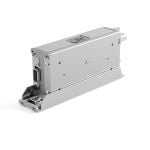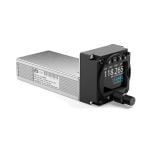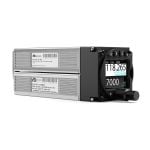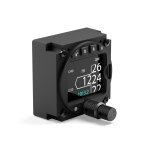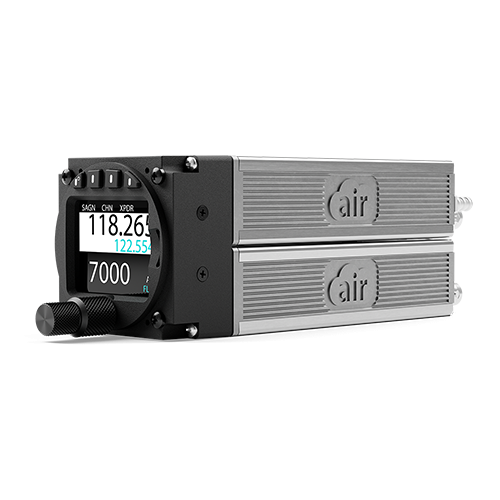
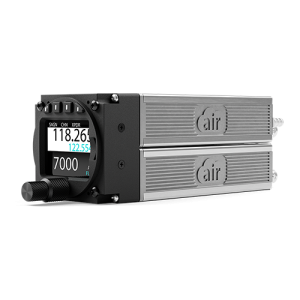
BUILT FOR THE WILD
DESIGNED FOR TRUST
Meet the world’s most compact, fully TSO-certified aircraft radio and our new ultra-small transponder systems–combinable into a single block of units. Discover best-in-class sound, intercom integration, unique functions, ultra-low size, weight, and power consumption. Make them a part of your cockpit, part of your journey, part of the reason you get places—and get back home again safely. Communicate unmistakably clear — unmistakably confident.
Meet the world’s most compact, fully TSO-certified aircraft radio and our new ultra-small transponder systems–combinable into a single block of units. Discover best-in-class sound, intercom integration, unique functions, ultra-low size, weight, and power consumption.
Functions built for trust.
Clarity that inspires confidence.
AIR Control Display, AIR Com, and AIR Transponder are the smallest and lightest fully certified systems on the market. But it does not stop there: Each of the three products delivers unique new functions that help flight crews fly better and safer.
Our systems are modular and open by design. You can use multiple AIR Control Displays. You can easily connect an AIR Com VHF Radio or an AIR Transponder (not available yet) as well as third-party COMM and transponder systems. Extend the installation if you need new functions, redundancy, or even better ergonomics.
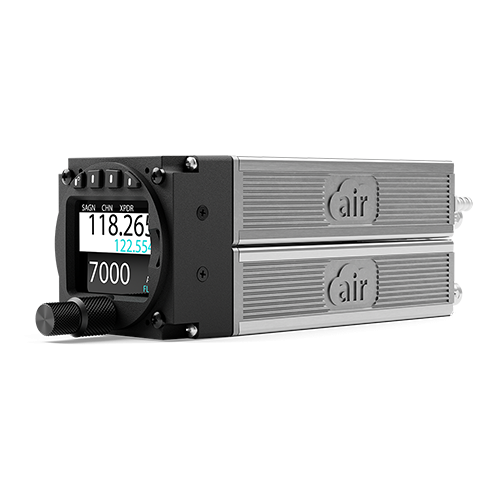
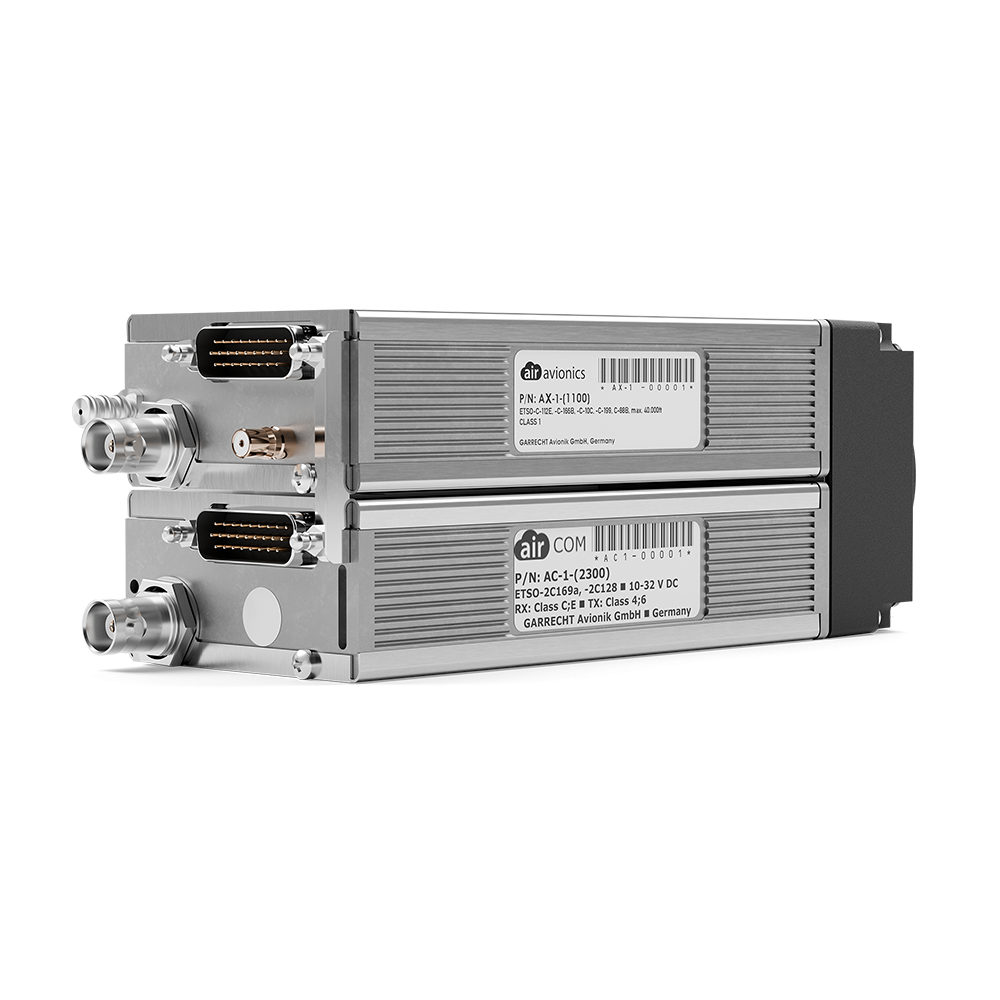
Our systems integrate perfectly into your aircraft.
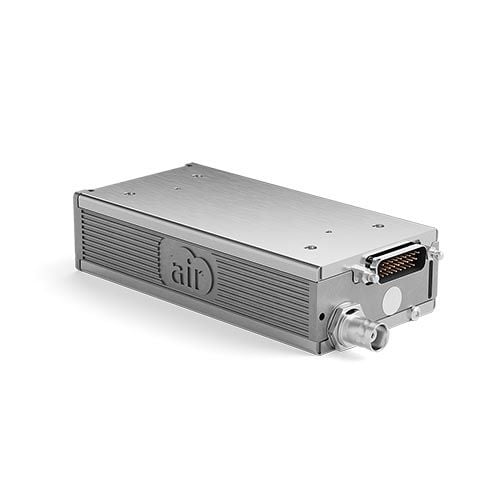
AIR Com
AIR COM (AC-1) is our next-generation radio module built for small aircraft. It offers impressive sound, because confidence begins with clear communication. It comes in a small, lightweight form factor. In fact, AIR COM is the world’s lightest and most compact, fully TSO-certified radio.
It sports an integrated intercom, modern functions like the incredible “Say Again” replay function, and separate volumes for the DUAL/MON and the primary channel.
AIR COM can be installed directly on an AIR Control Display (ACD-57) or remotely with a cable and mount.
It is ideal for light sport aircraft. As it draws very little power and runs for hours on small batteries, it is also suitable for aircraft without an electrical system.
Its compatibility with flight deck systems like GARMIN® G3X Touch® or Dynon® SkyView® makes it the ideal choice as a second or third COMM in larger aircraft.
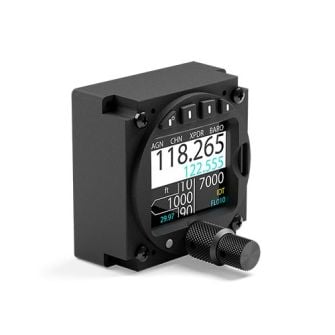
AIR Control Display
AIR Control Display (ACD-57) is more than just a control head. As a multi-function display, it controls aircraft radios and intercoms, is a fully certified altimeter, and controls transponders. With the largest-in-class screen, it is stunningly easy to use.
If your panel space is limited or weight is a concern, a single AIR Control Display can control COMM and XPDR, as well as serve as an altimeter, all at the same time. This saves two instruments’ worth of panel space and offers better readability and reliability than most older systems.
At just 2.25 inches, ACD is easy to install. Its intuitive user interface, with large knobs, makes it effortless to use, and its display remains perfectly readable whether used in bright sunlight or at night.
It features fantastic position-based and database-driven functions, like the “NEAREST” station list.

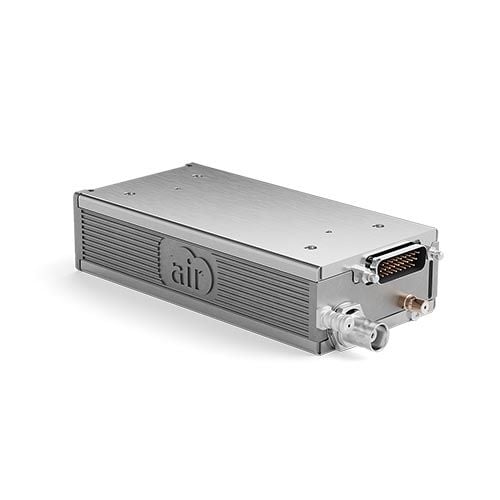
AIR Transponder
AIR Transponder (AX-1) is our future Mode-S / ADS-B transponder module with an integrated GPS position source.
It will come in an ultra-low size and weight package. Integrating the GPS position source will eliminate the installation complexity of most compact class ADS-B transponders.
AX-1 will feature a unique operation mode called “TABS Mode.” TABS mode saves power and reduces the 1090MHz spectrum congestion because it does not reply to interrogations from Air Traffic Control. Even though you are not visible to ATC, in TABS mode, you remain visible to TCAS and electronic conspicuity systems in other aircraft. Also, you meet the latest surveillance requirements for European uSpace (SERA.6005C).
Can’t wait for the new AIR Transponder?
We have alternatives!
Use readily available transponder systems with your ACD: VT-01 (Europe), uAvionics Tailbeacon X or TRIG TT (USA). Contact us or your dealer for more information.
You have control
AIR Control Display
AIR Control Display, or ACD-57, marks the heart of a radio, altimeter, or transponder installation. It features the industry’s largest display area in a 57mm control head. Its stunning color screen is perfectly readable in bright sunlight, yet it draws very little power. The design has been developed and tested to comply with strict aviation standards for multi-function displays.
ACD-57 can be connected to an aircraft radio like AIR COM, a transponder like AIR Transponder, or both simultaneously. Moreover, it is a fully certified primary altimeter. The user interface, the display content, and the use of controls automatically adapt to the installation environment for optimum clarity and ease of use. Data on the display is kept as large as possible, controls are simple, intuitive, and consistent throughout the system.
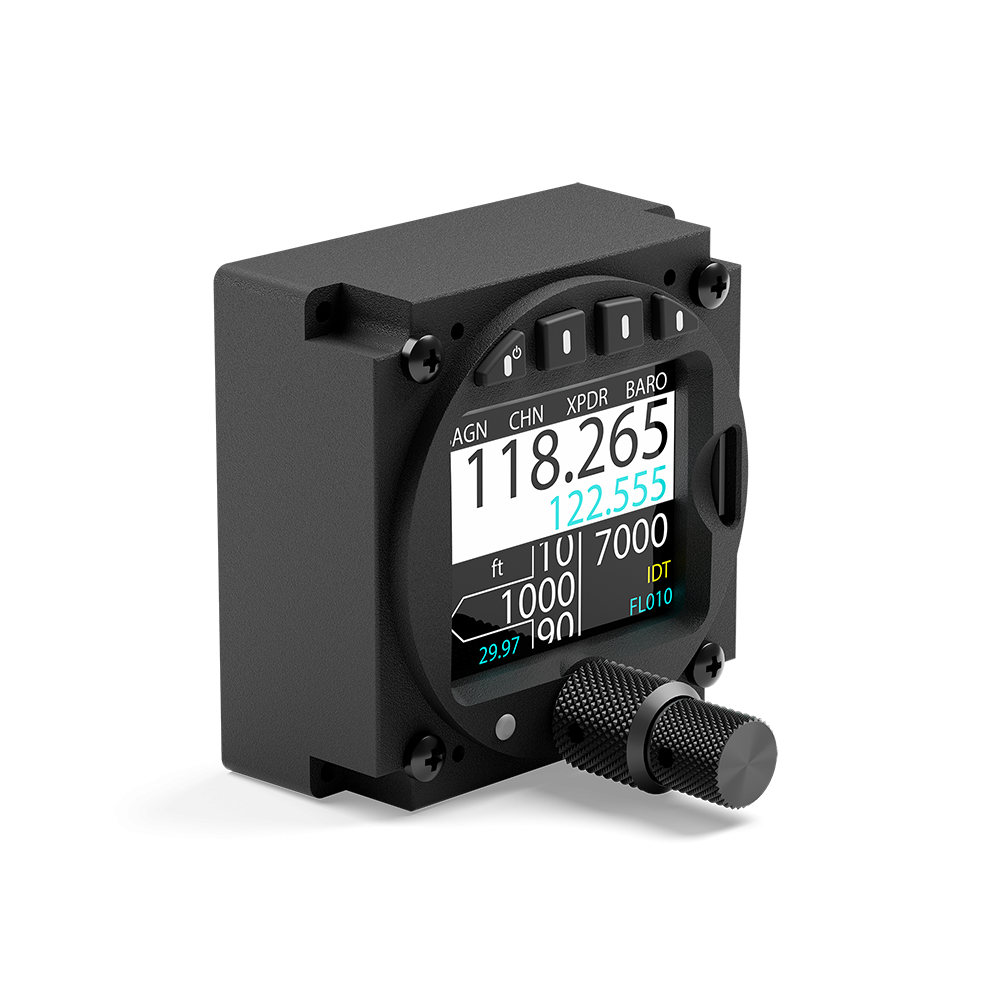
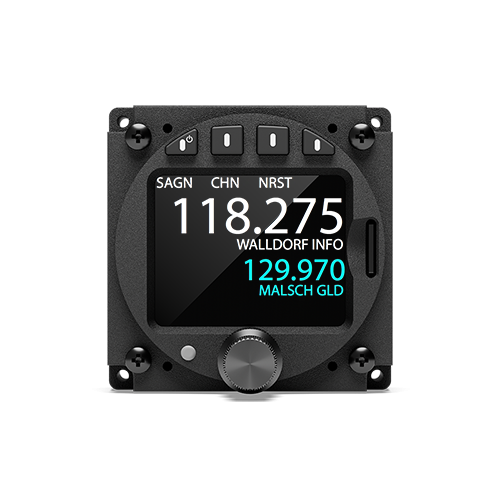
COM Control
If only an aircraft radio is controlled, the active and the standby channels are displayed using giant letters. Additionally, station identifiers can be displayed. The rotary knobs control the volumes (active and standby channels), and the rotary knob pushbutton toggles the active and standby channels. The pushbuttons on the top of the display trigger commonly used functions such as channel selection (CHN), the nearest station list (NRST), or the “say again” function (SAGN, AIR COM only).
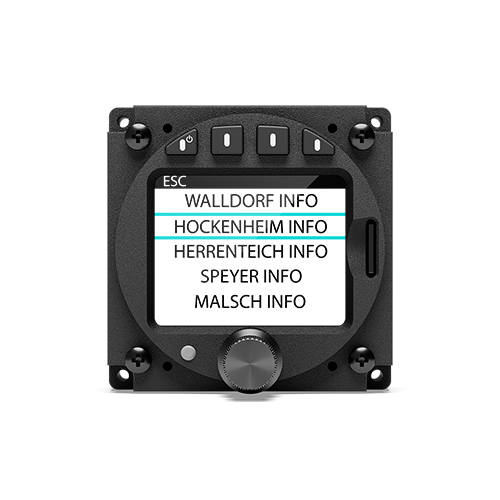
Nearest Channel Selection
Selecting a channel from a nearby station is a simple process. First, the NRST pushbutton on the top of the display is pushed, then a station is selected with the rotary knob, and the selection is executed with a push on the rotary knob pushbutton. The standby channel now has the value of the selected channel. To toggle active and standby, another push on the rotary knob pushbutton is used.
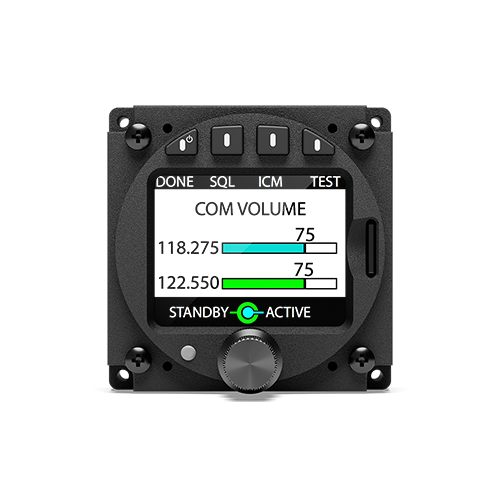
COM Volume Control
The Air Control Display is capable of controlling two independent volumes for the active and standby channels (available with AIR COM aircraft radio only). You can individually adjust both volumes to better differentiate incoming transmissions. The monitoring of the standby channel can be deactivated by setting the standby channel volume to zero.
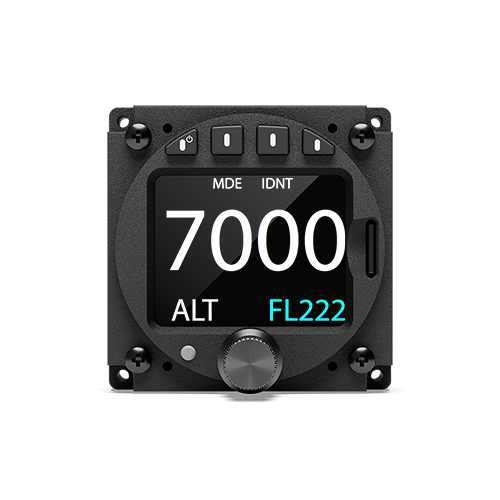
XPDR Control
If a transponder is controlled, the current squawk code is displayed using huge letters. The squawk code is entered using the rotary knobs, and a push on the rotary knob pushbutton executes the entry. Additionally the current operation mode (here: ALT) and the transmitted flightlevel are shown. Even if controlling a radio and transponder simultaneously, squawk code entry is easy.
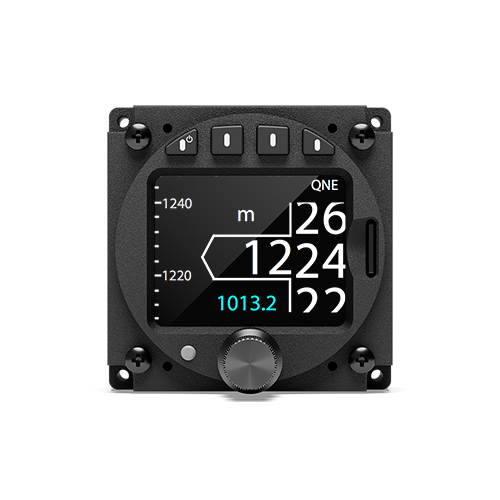
Altimeter
AIR Control Display is a fully ETSO-certified primary altimeter. It can be used “standalone” as an easy-to-read altimeter with huge numbers and perfect reliability, especially in high-vibration environments like helicopters, older aircraft, or self-launching motor gliders. It’s tape-style moving digits and its fine altitude resolution give you a great feeling of the current vertical rate. Additionally, its solid-state technology is very reliable.
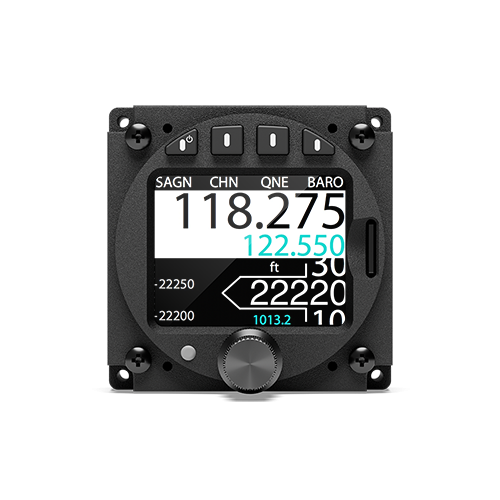
COM & Altimeter
If the altimeter is used parallel to the COM control, data from both systems are displayed using large letters. In addition to the COM controls, one of the pushbuttons on the top (BARO) triggers the input of the barometric reference, in most cases the QNH or QNE value. Instead of COM control, of course also, an XPDR or even both can be controlled in addition to the altimeter function.
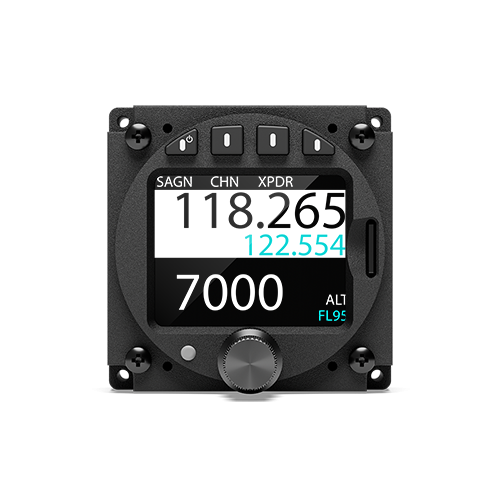
COM and XPDR
AIR Control Display can control COM and XPDR simultaneously—the pushbuttons on the top of the unit control COM and transponder functions. The screen space used for each of the two functions still exceeds the size of most other control heads.
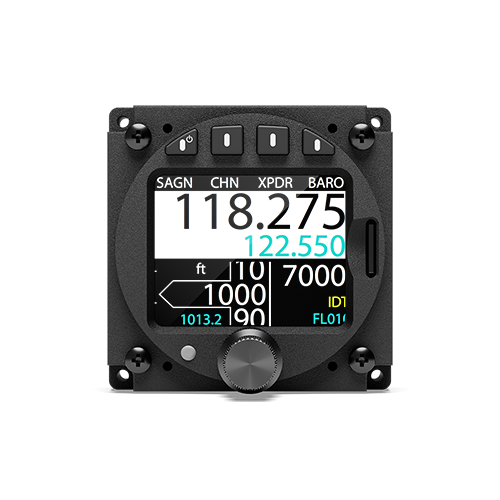
COM, XPDR & ALT
AIR Control Display can simultaneously control COM and XPDR and display (fully ETSO certified) altitude on a single display. This is the ultimate choice for applications with minimal panel space.
AIR Control Display Specifications
Functions
- COMM control
- Intercom control
- XPDR control
- Altimeter
- Encoding altimeter
Dimensions
- Small panel cutout (2 1/4″, 57mm)
- 2.42″ x 2.42″ x 1.04″, ca. 1/3 lbs
- 61.5 x 61.5 x 26.3mm, ca. 150g
- Connectors: 2x D-SUB 15HD
- Controls: 4 pushbuttons, one concentric dual rotary knob with pushbutton
Display
- Perfectly readable in sunlight, with an extreme viewing angle
- Usable at night
Compatibility
- Works with AIR Com and many third-party aircraft radios (TRIG, BECKER, TQ, FUNKE).
- Works with AIR Transponder (AX-1), VT-01 transponders, and third-party transponders (TRIG, uAvionix).
Support
- Backed by AIR Avionics’ renown customer support via email and telephone
- Zero downtime exchange program for affordable, quick, and easy replacements of defective units in Europe and the USA
- Repairs conducted in our certified repair centers in Germany or the US
- Two-year warranty
Quality
- All-metal enclosure
- DO-160 qualified for environmental conditions
- Made in Germany
- Manufactured in PART21 environment in Germany
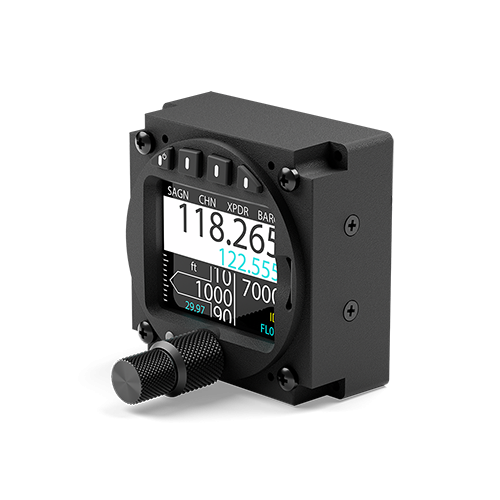


AIR Com (AC-1) with Mount (B579)
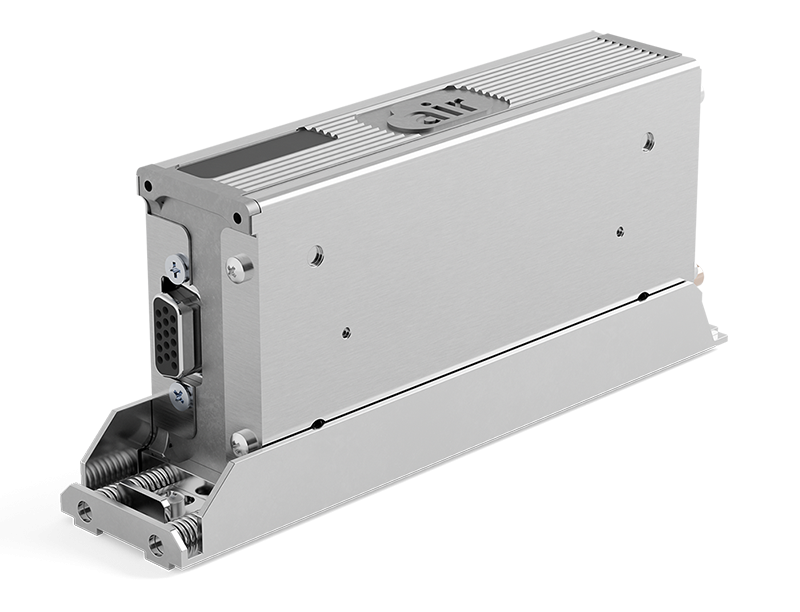
AIR Com: The world’s
smallest and lightest
radio, the most
advanced functions.
Our AIR Com (AC-1) features best-in-class sound, because confidence starts with clear communication. It features an integrated intercom system, and the all-digital audio engine enables unprecedented functions, including the “Say Again” replay feature.
Say Again
With a button push, AIR Com replays the last incoming transmissions.
This unique function is an excellent safety function. It reduces channel congestion and helps everyone to understand and listen carefully.
Integrates seamlessly
AIR COM features three fully customizable microphone inputs that also support dynamic microphones. It has two headset audio outputs (up to four headsets) and a speaker output.
Four discrete inputs allow the connection of buttons and switches. Push-to-talk and many other functions, such as channel flipflop, audio configuration changes, intercom activation, and the “Say Again” function, can be triggered.
In addition to an ACD-57 or even without an ACD-57, AIR COM can be remote-controlled. It works seamlessly with many third-party systems, such as GARMIN® G3X touch® or Dynon® SkyView® Flightdeck systems.
Easy to install
AIR Com can be installed directly with the AIR Control Display in the panel. If desired, it can be mounted remotely in the aircraft with cables.
Better Sound
Our AIR Com (AC-1) features an all-new audio design that delivers crystal-clear sound. Its all-digital audio system allows unprecedented functions, like the “Say Again” replay function.
Its flexible audio setup allows two independent audio configurations. This is handy in all aircraft where the microphone setup is often changed, such as motor gliders or open-cockpit aircraft.
Intercom
Its integrated intercom function can serve up to four seats with clear audio. If desired, the intercom allows the flight crew to be isolated from the passengers’ chatter.
Dual Watch Function
The dual watch function (the monitor function) allows you to listen to both the active and the standby channels. Special care has been taken to design the dual watch function with the best possible sound.
Unique with AIR Com: The volumes of both channels can be adjusted independently, making it easy to differentiate incoming transmissions.
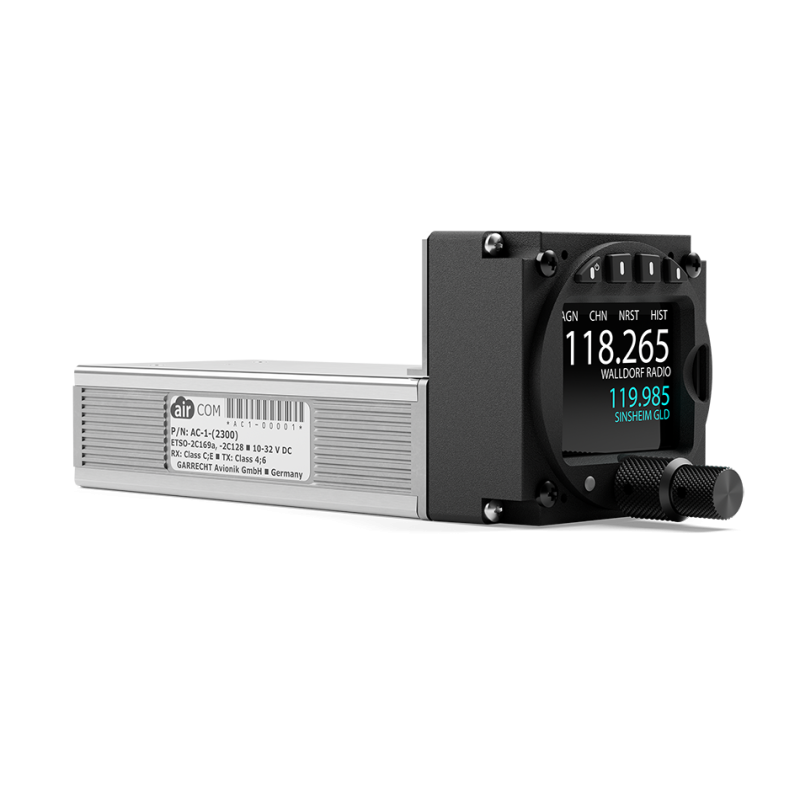

AIR Com Specifications
Radio technology
- 6W Transmit Power
- Dual Watch
- 8.33kHz channel spacing
Audio
- Three independent microphone inputs with adjustable GAIN values (also supporting dynamic microphones)
- Amplified speaker output
- Two headphone outputs (up to four headphones)
- Intercom (up to four places)
- Two audio configurations, switchable in flight
Quality
- All-metal enclosure
- DO-160 qualified for environmental conditions
- Made in Germany
- Manufactured in PART21 environment in Germany
Compatibility
- AIR Control Display (multiple) via CANaerospace data bus
- RS-232: GARMIN® GTR225
Support
- Backed by AIR Avionics’ renowned customer support via email and telephone
- Zero downtime exchange program for affordable, quick, and easy replacements of defective units all across Europe and the United States.
- Repairs conducted in our repair centers in Germany and the US
- Two-year warranty
Unique functions
- “Say Again” function for replay of incoming transmissions
- Independent volume for dual watch/MON and primary channel
Dimensions and Connectors
- 4.8″ x 2.42″mm x 1.41″mm, weight: 0.35lbs
- 122mm x 61.5mm x 30.75mm, weight: 160g
- Connectors: D-SUB 26HD (Rear), D-SUB 15HD (Front), BNC (ANT)
- Can be directly combined with AIR Control Display 57
AIR Com with AIR Control Display 57
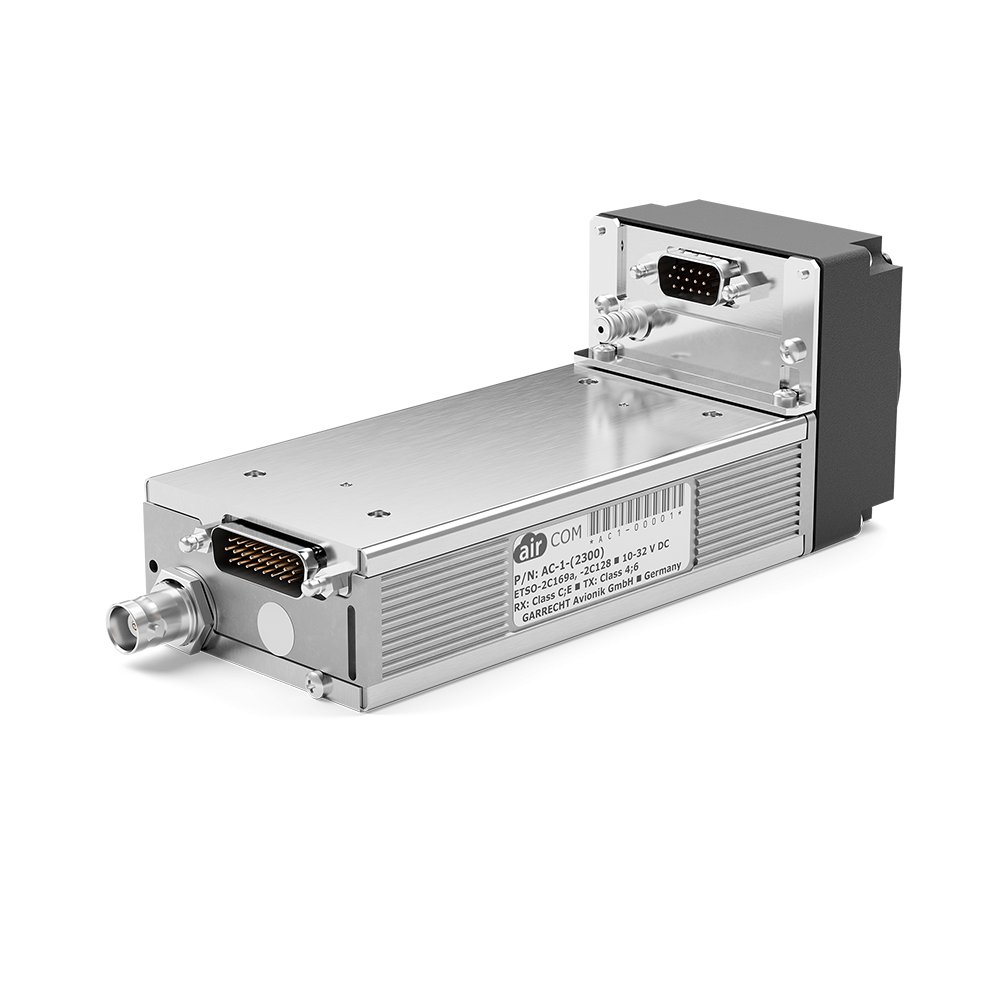
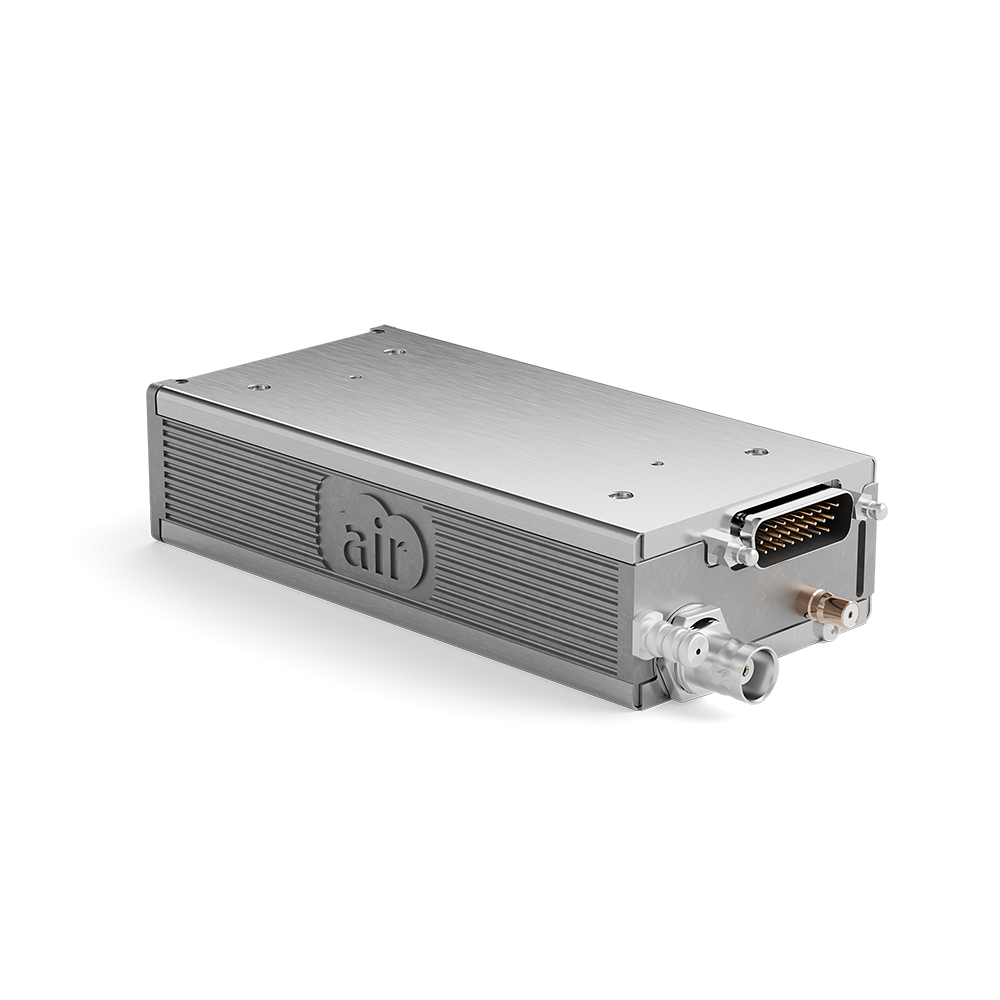

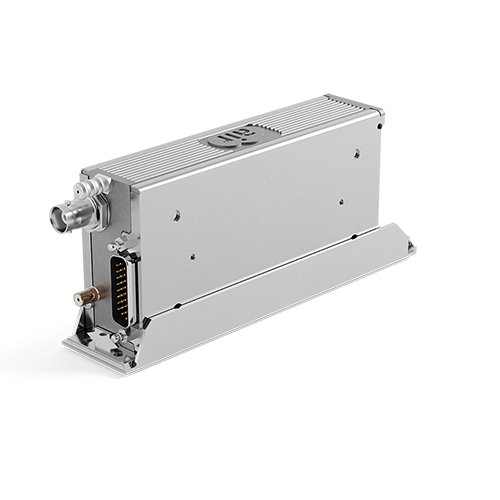
The future:
Our all-new
AIR Transponder.
The AIR Transponder (AX-1) will be our future Mode-S/ADS-B transponder module, featuring an integrated, certified GPS position source. It comes in an ultra-low size and weight package.
Integrated GPS
AIR Transponder (AX-1) has an integrated, certified GPS position source.
Integrating the GPS eliminates the installation complexity of most compact-class ADS-B transponders, which require external position sources to be configured and connected.
The GPS’s certification level ensures that you remain conspicuous to other aircraft, especially those with ADS-B receivers that only process ADS-B transmissions with known position integrity.
TABS Mode
AX-1 features a unique operation mode called “TABS Mode.” TABS mode saves power and reduces the 1090MHz spectrum congestion because it does not reply to interrogations from Air Traffic Control.
Even though you are not visible to ATC, in TABS mode, you remain visible to TCAS and electronic conspicuity systems in other aircraft. Also, you meet the latest surveillance requirements for uSpace (SERA.6005C).
Modular by design
With its modular form factor in the same tiny size as the AIR Com radio, AX-1 can be easily retrofitted into existing installations.
You decide when you want to add transponder functionality to your aircraft.
Senses Altitude
The AX-1 has an integrated pressure sensor that is approved as an altimeter and alticoder. Therefore, there is no need to connect an external altimeter. In addition, the measured pressure altitude can be processed directly by other devices – such as cockpit displays – without restrictions.
Easy to install
Just like all AIR Avionics systems, the AIR Transponder can be installed directly with the AIR Control Display in the panel or, if desired, mounted remotely in the aircraft with cables.
Integrates seamlessly
In addition to an ACD-57 or even without an ACD-57, the AIR Transponder can be remote-controlled. It works well with third-party systems.
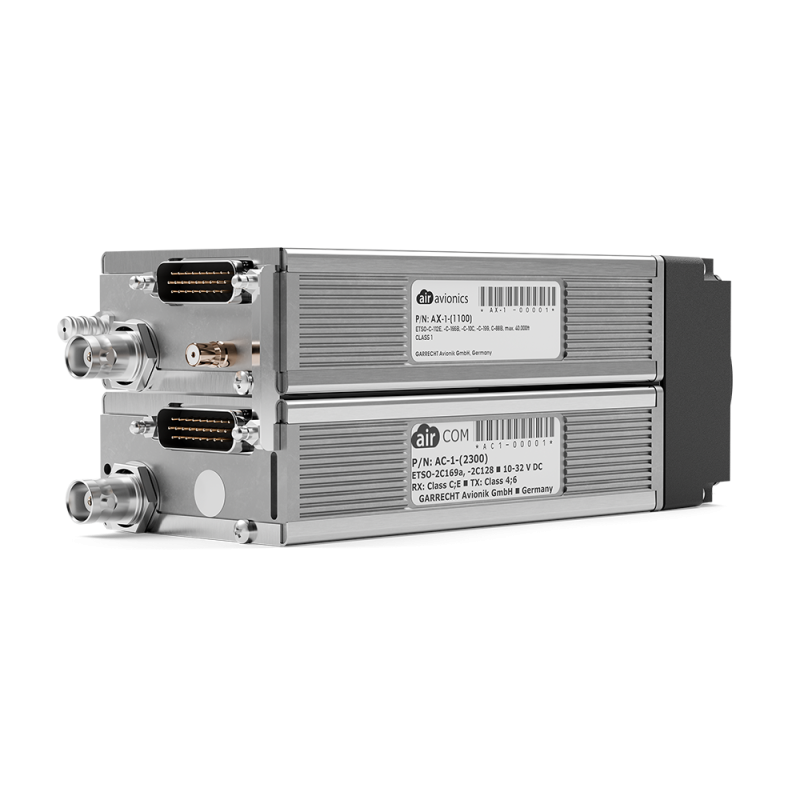
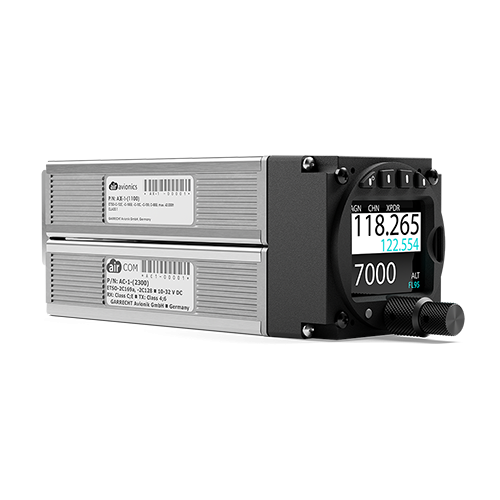
AIR Transponder Specifications
Transponder technology
- 250W Transmit Power
- Mode-S and ADS-B Out
- TABS Class B GPS
- TABS Class A Mode
Quality
- All-metal enclosure
- DO-160 qualified for environmental conditions
- Made in Germany
- Manufactured in our PART21 environment in Germany
Compatibility
- AIR Control Display (multiple) via CANaerospace data bus
- RS-232: Compatible Devices
Unique functions
- TABS Mode
- Integrated, Certified Position Source
Support
- Backed by AIR Avionics’ renown customer support via email and telephone
- Zero downtime exchange program for affordable, quick, and easy replacements of defective units all across Europe and the United States.
- Repairs conducted in repair centers in Germany and the US
- Two-year warranty

Dimensions and Connectors
- 4.8″ x 2.42″mm x 1.41″mm, weight: 0.35lbs
- 122mm x 61.5mm x 30.75mm, weight: 150g
- Connectors: D-SUB 26HD (Rear), D-SUB 15HD (Front), BNC (XPDR Antenna), QMA (GPS Antenna)
- Can be directly combined with AIR Control Display 57
AIR Transponder in mount (B579)
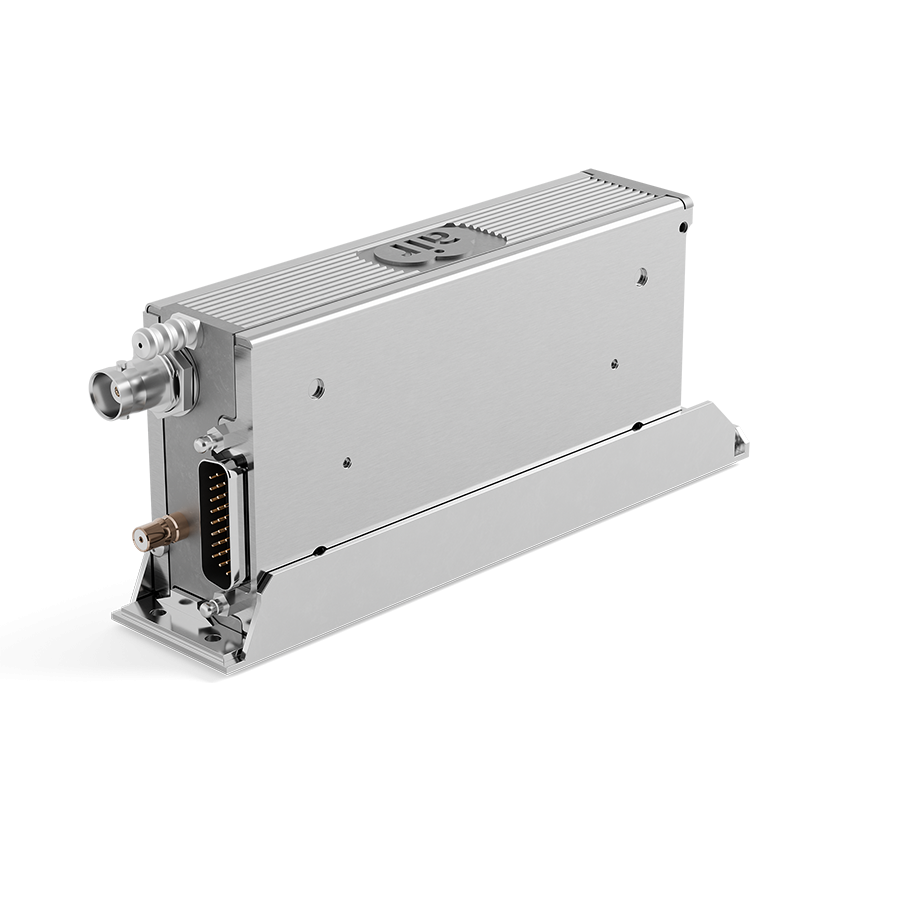
AIR Transponder FAQ
We have been working on AX-1 for many years and felt the time was right to announce a sneak peek at what we do now.
We will still need time before we can produce and market the unit. Our best guess for a market entrance in Europe is “sometime in 2025 or later.” As with any guess, we can be wrong. The US market entrance will be later than that.
No, this is not possible yet. We will accept orders once the unit is certified and the production runs.
Until then, we will only accept AX-1 newsletter subscriptions. If you subscribe, we will inform you about the project’s progress every few months.
If you need a transponder today, we will gladly provide one from our current product lineup: the VT-01 for Europe or third-party transponders in the US.
The VT-01 is a modern and great transponder; it works directly with the ACD-57 and AIR COM, and it is more affordable than the AX-1. To learn more about VT-01 and your purchase options, please visit the AIR Store via the link below.
Please expect AX-1 to be moderately priced. It will have a price tag similar to other compact class transponders on the market. Yet, it will be more expensive than our current Transponder, the VT-01.
The kit made of ACD-57, AX-1, and AC-1 will have a competitive price.
Most probably not. As a small company, we have trouble taking back big amounts of hardware. Our current transponders (the VT-01) are awesome and sell very well to this day.
Therefore, on the second-hand market, there will be lots of opportunities to sell you old gear at better prices than we can offer you for a trade-in.
We accept AX-1 newsletter subscriptions. If you subscribe, we will inform you about the project’s progress every few months.
Installation Options: AIR COM, AIR Transponder, and AIR Control Display
AIR Com (AC-1) and AIR Transponder (AX-1) can be connected to an AIR Control Display (ACD-57) as a single, compact unit. As an option, they can be installed remotely with cables and mounts.
Any number of additional AIR Control Displays can be added, for example, in tandem seaters or if the panel space allows for more controls.
Both units can also be used without an AIR Control Display, provided that compatible systems like GARMIN® or Dynon® flight decks control the units.
Directly Shop Online at AIR Store
Review options and purchase our systems directly at AIR STORE.
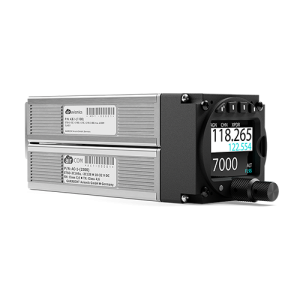
Find an AIR Avionics Dealer Near You
Our avionics products are available worldwide from dealers and maintenance organizations.
Subscribe the AX-1 Newsletter
If you subscribe, we will inform you about the project’s progress every few months.
Not all functions shown are included with the delivery of the respective units. Some functions require software licenses, which are subject to a charge, to be purchased and installed. Database functions require a valid database, which may lead to additional costs.
AX-1 is not available today. AIR Avionics does not provide a market entry date yet. AX-1 specifications are preliminary and may change.
